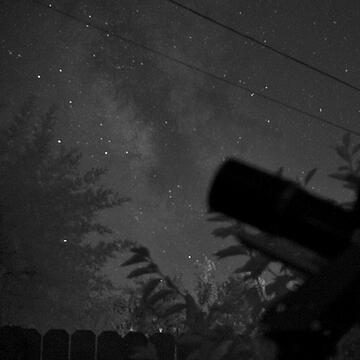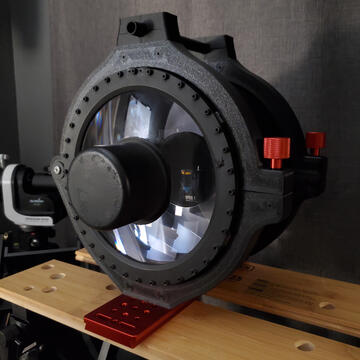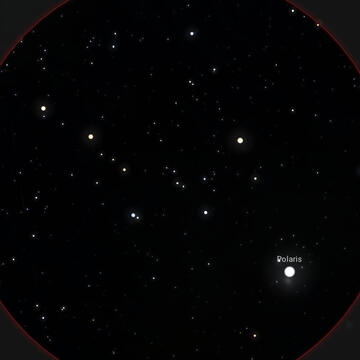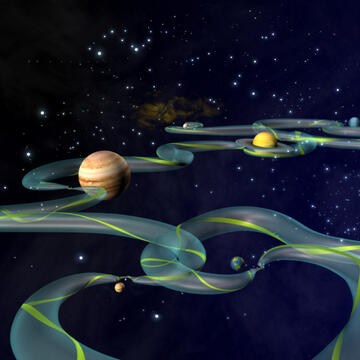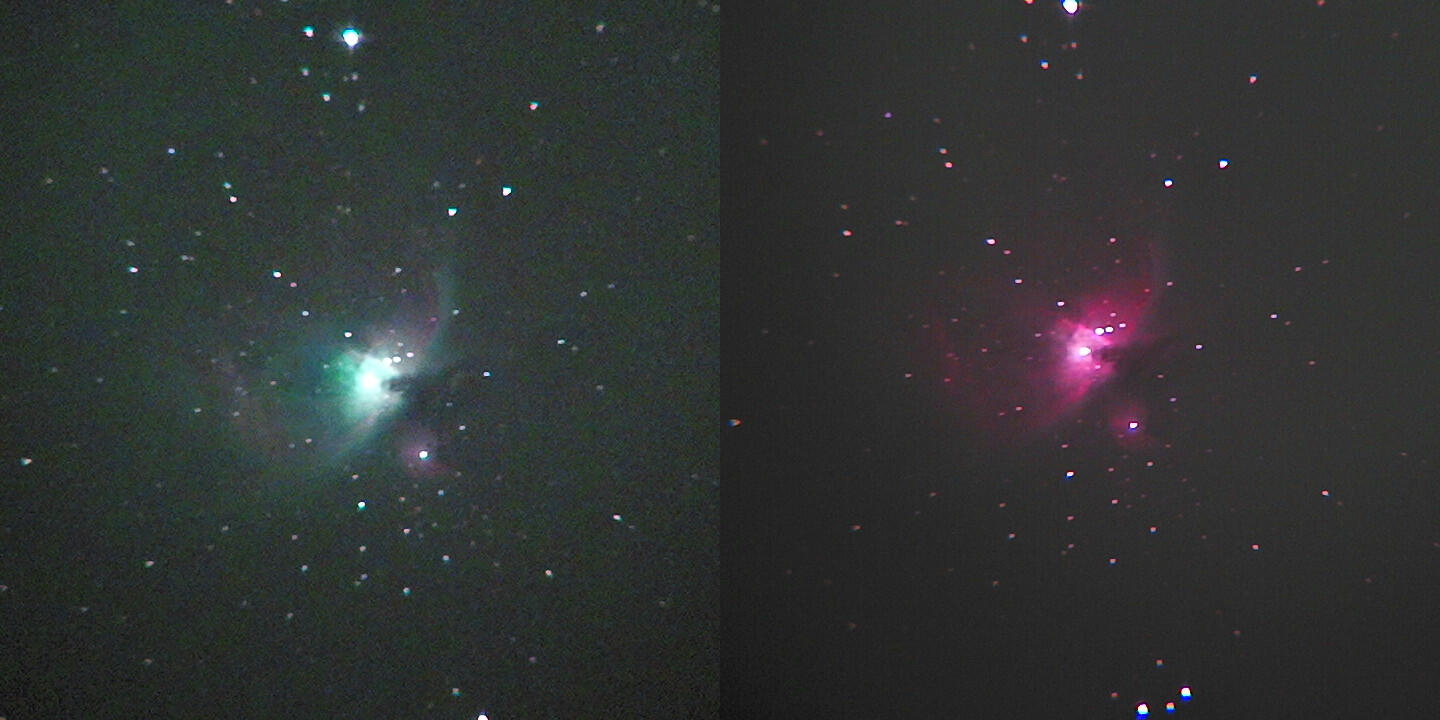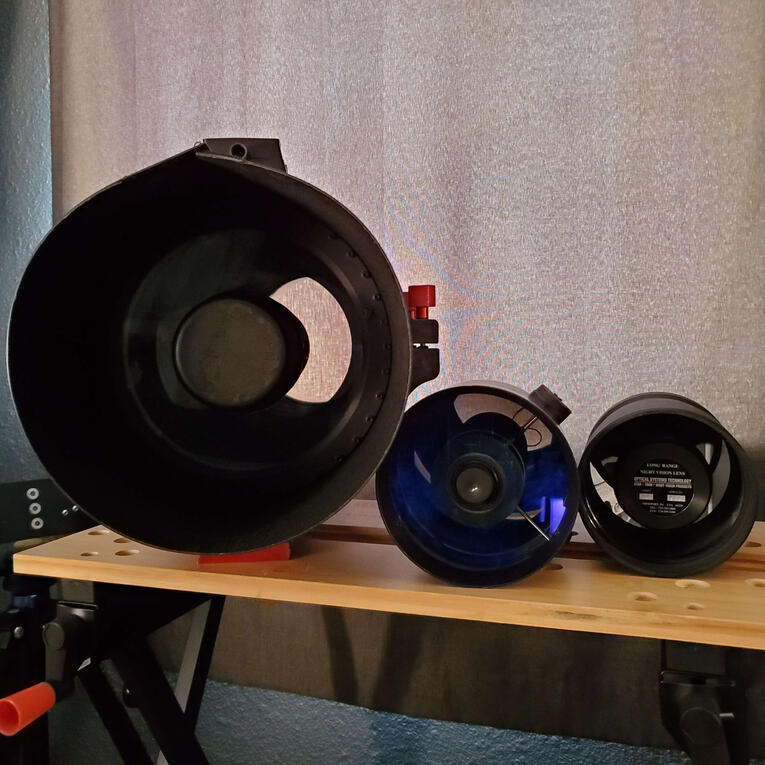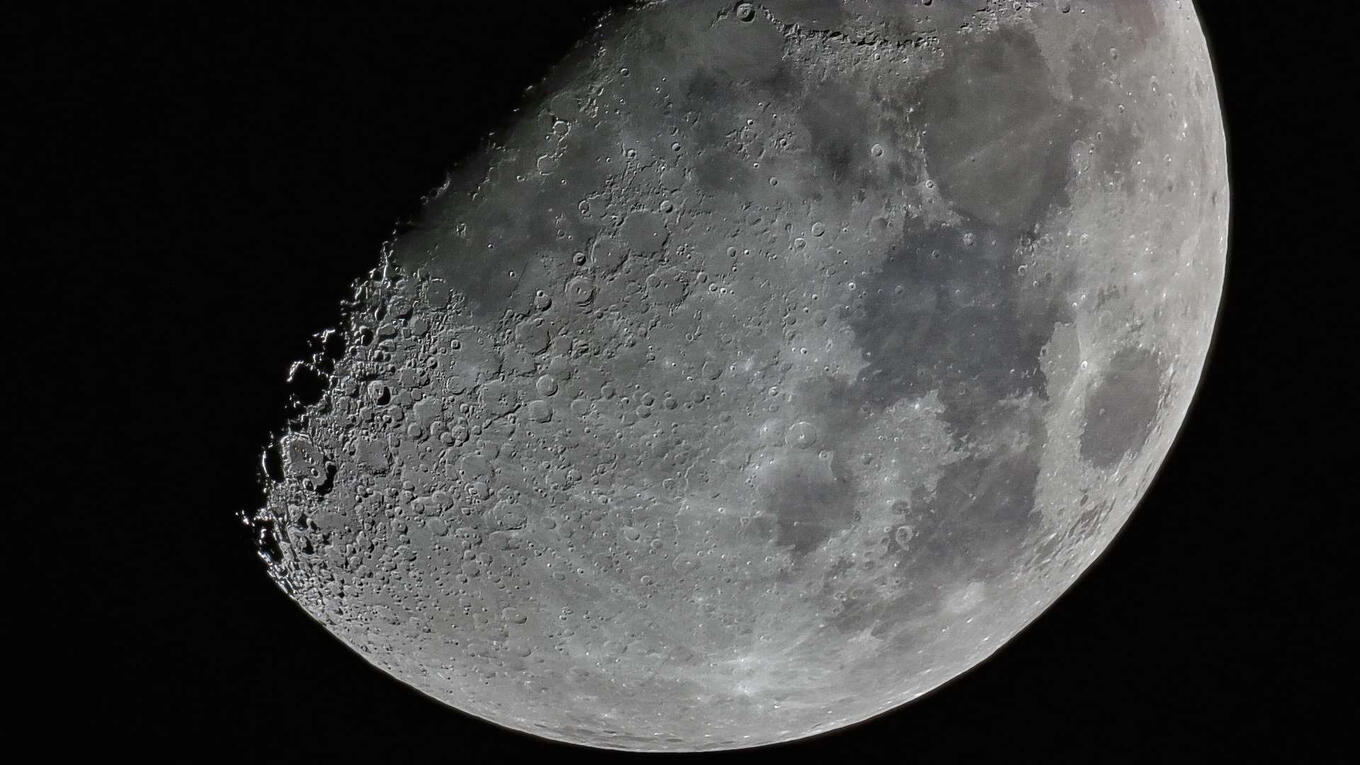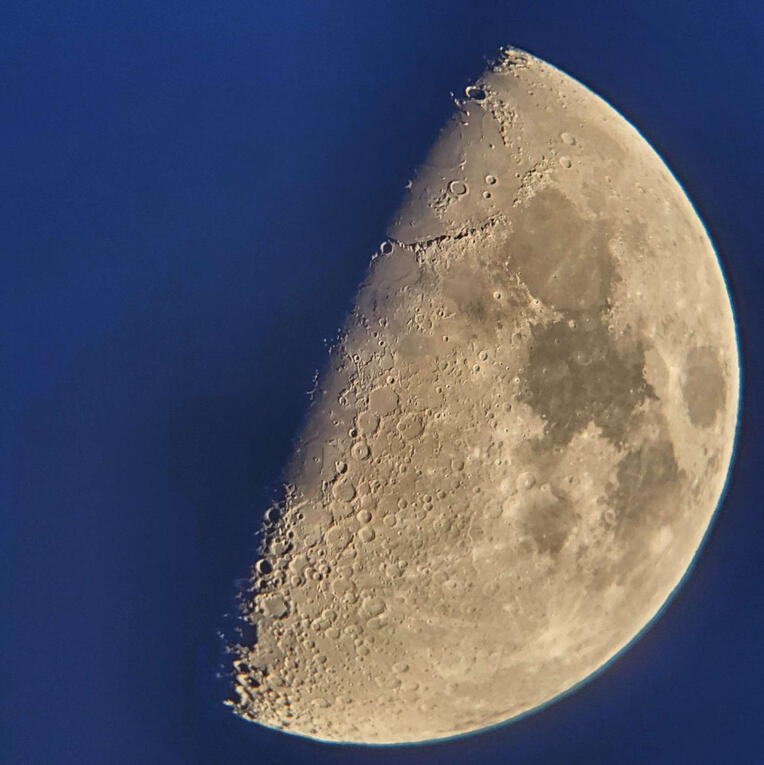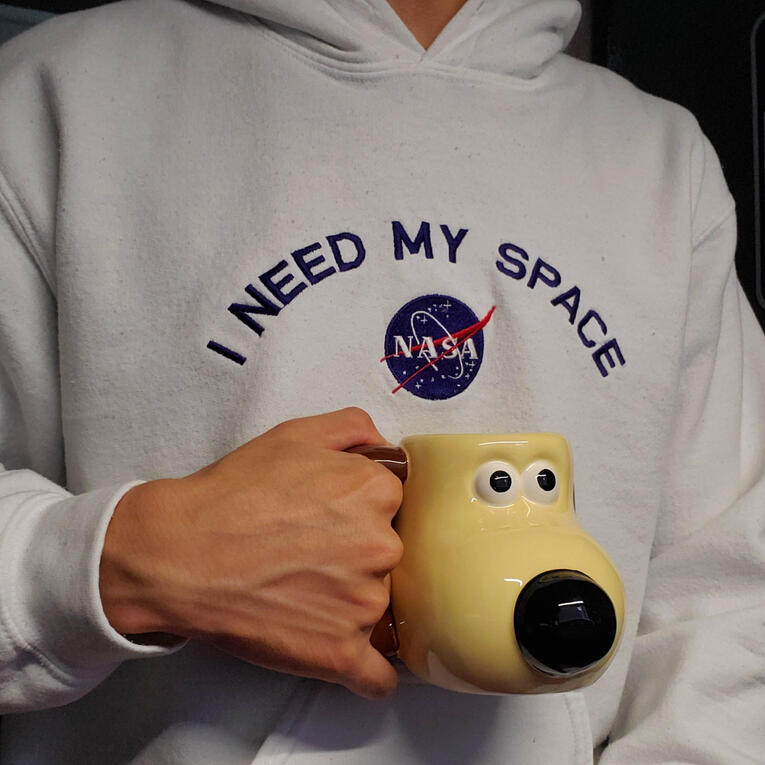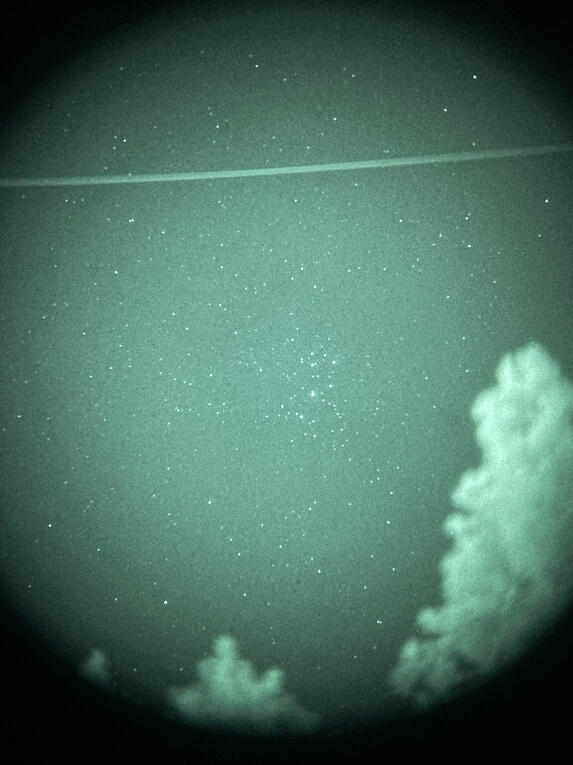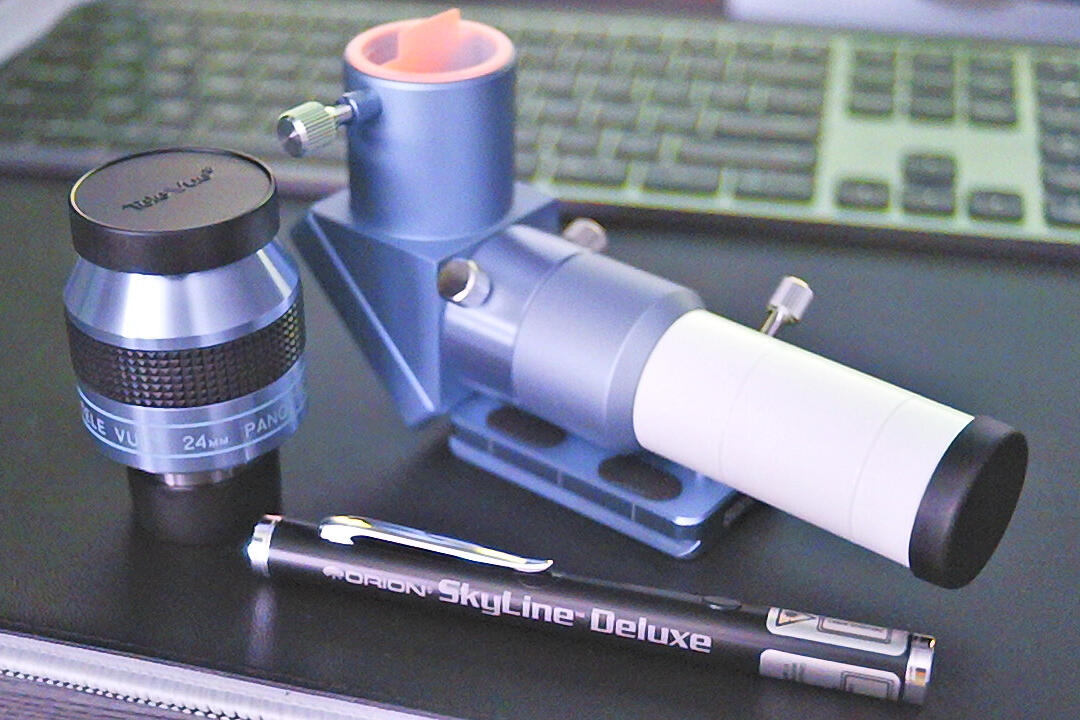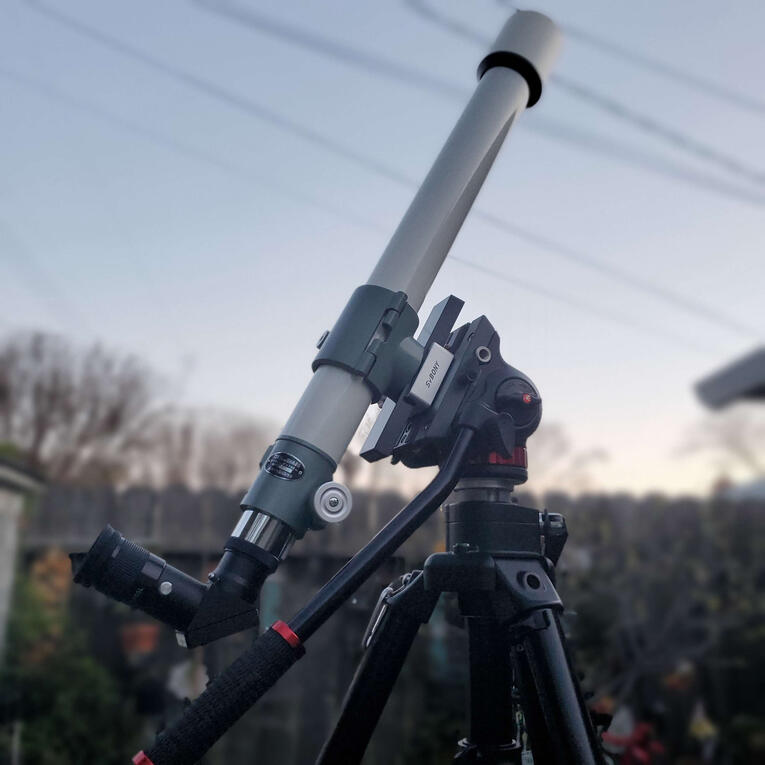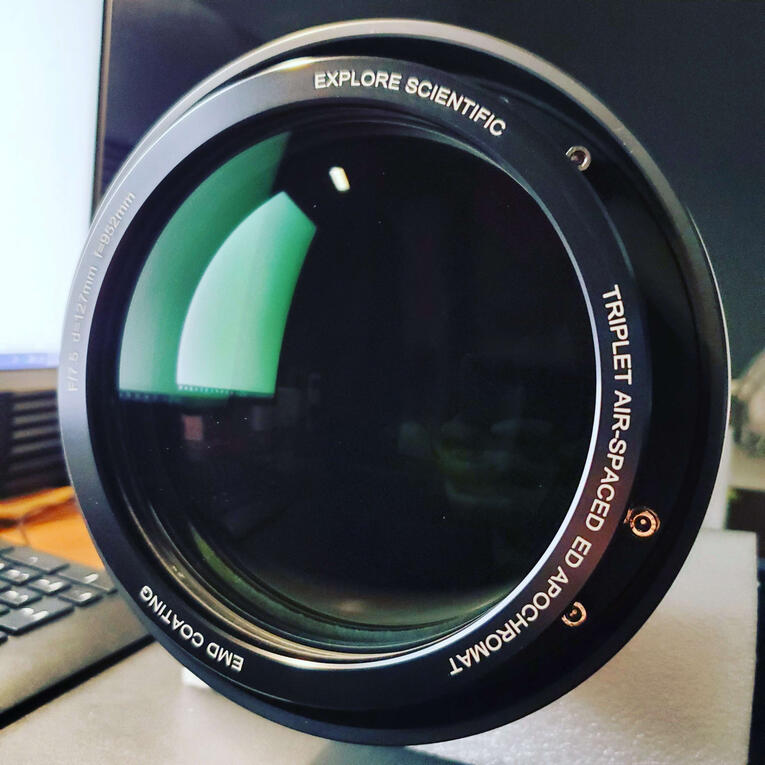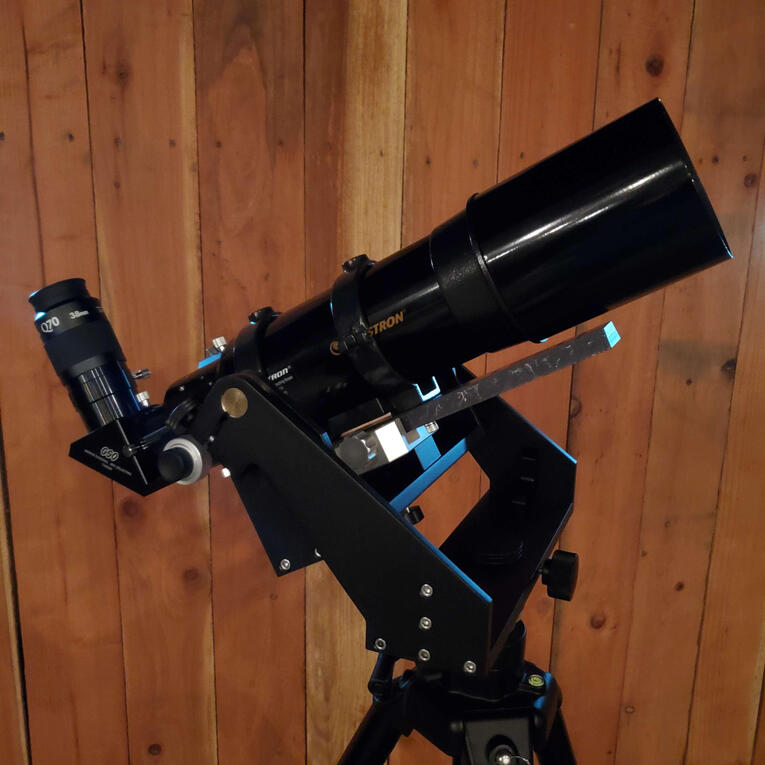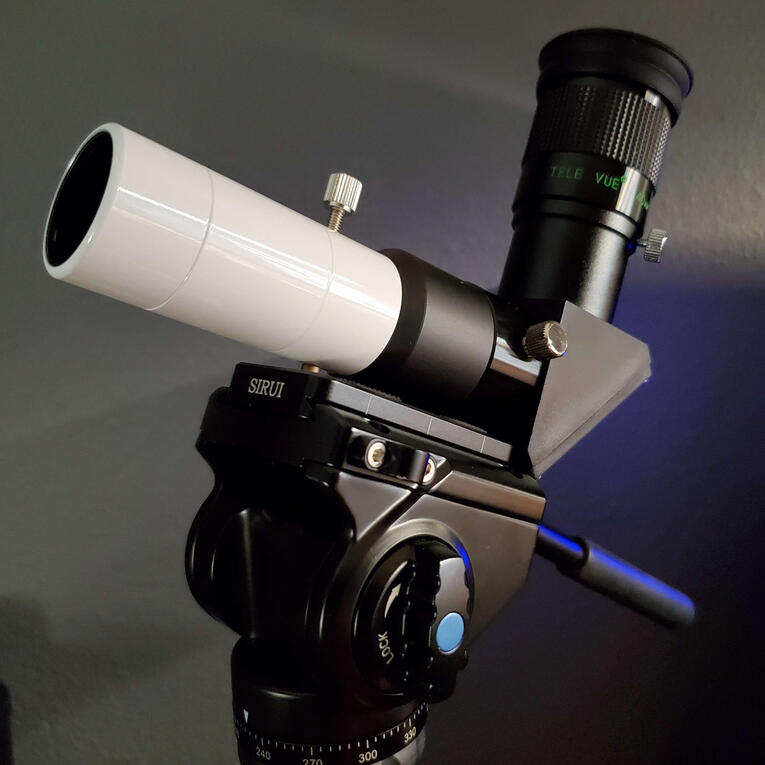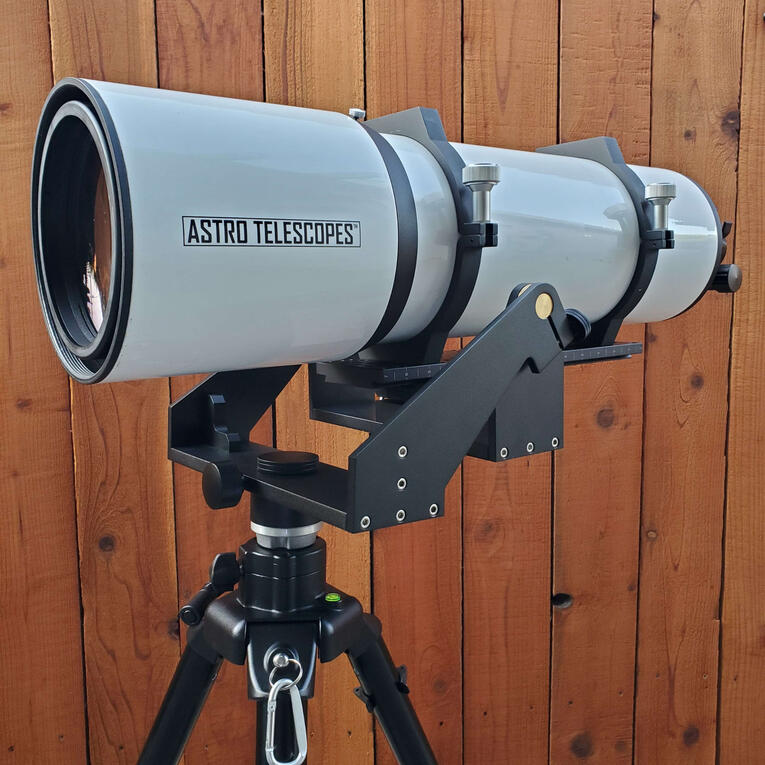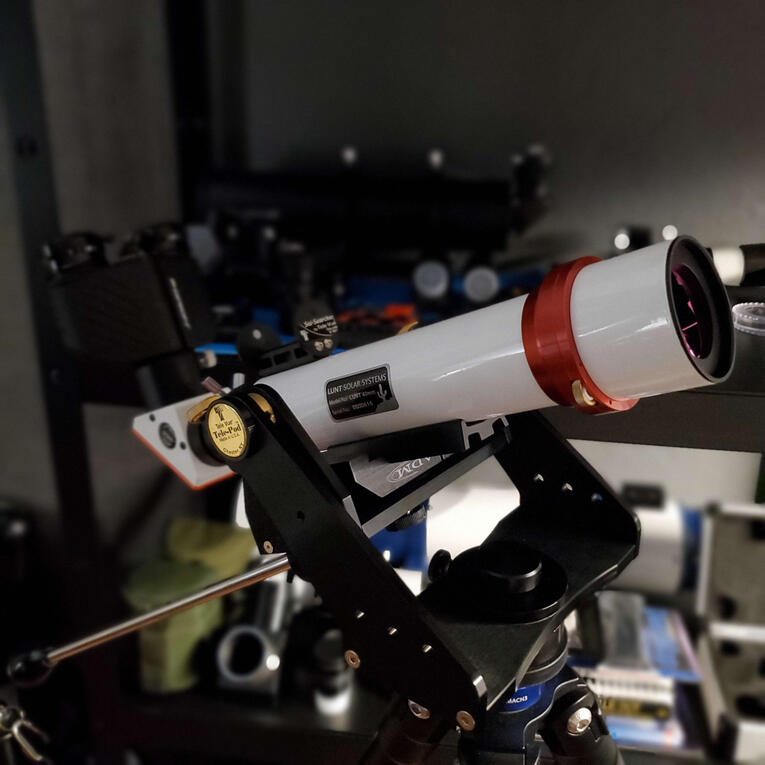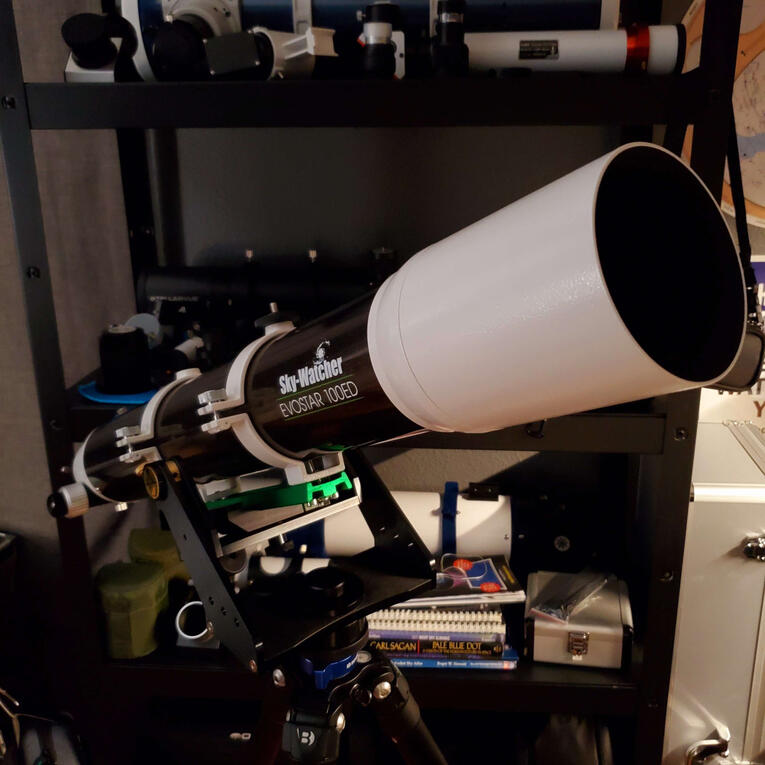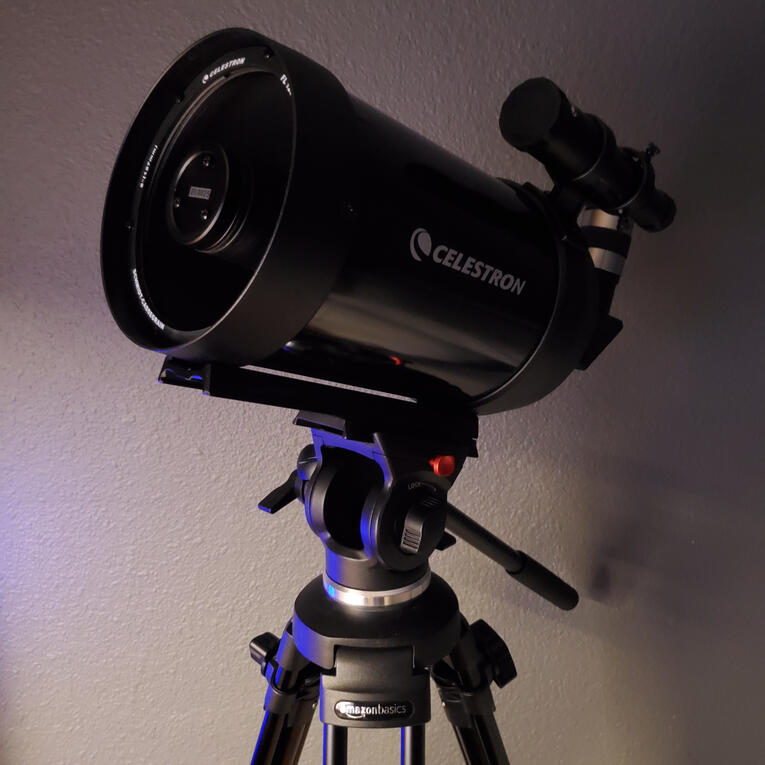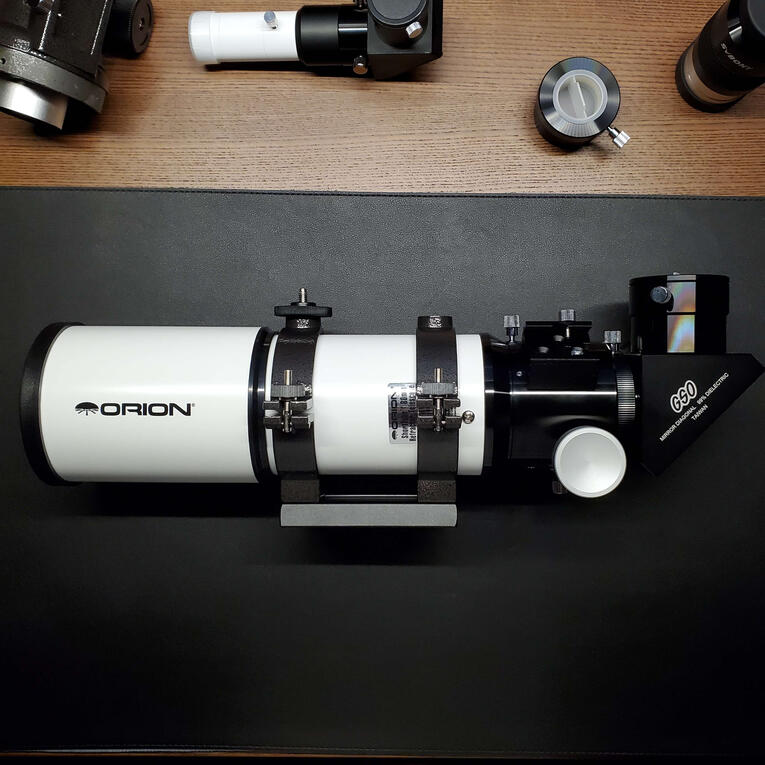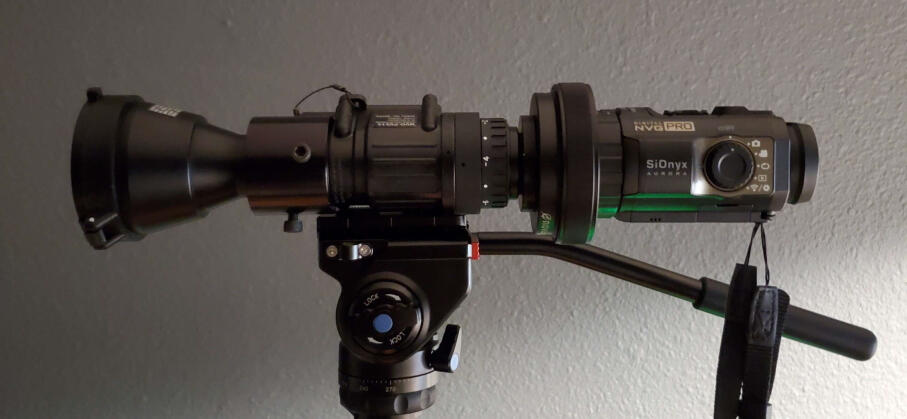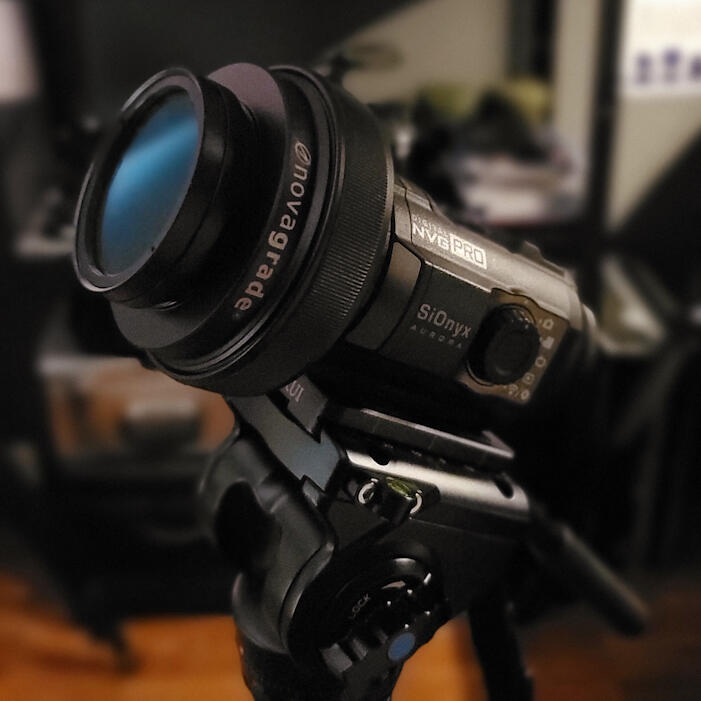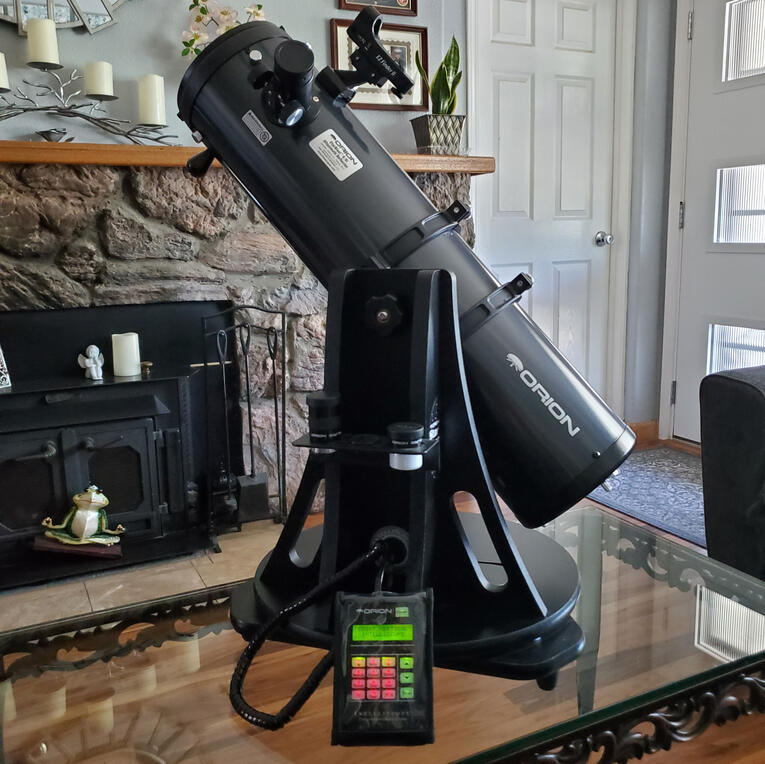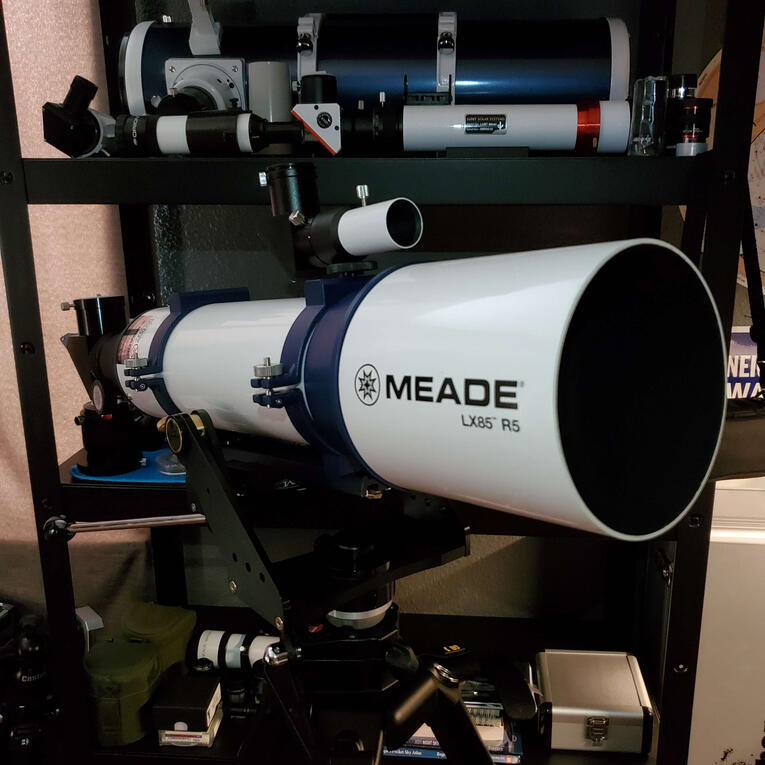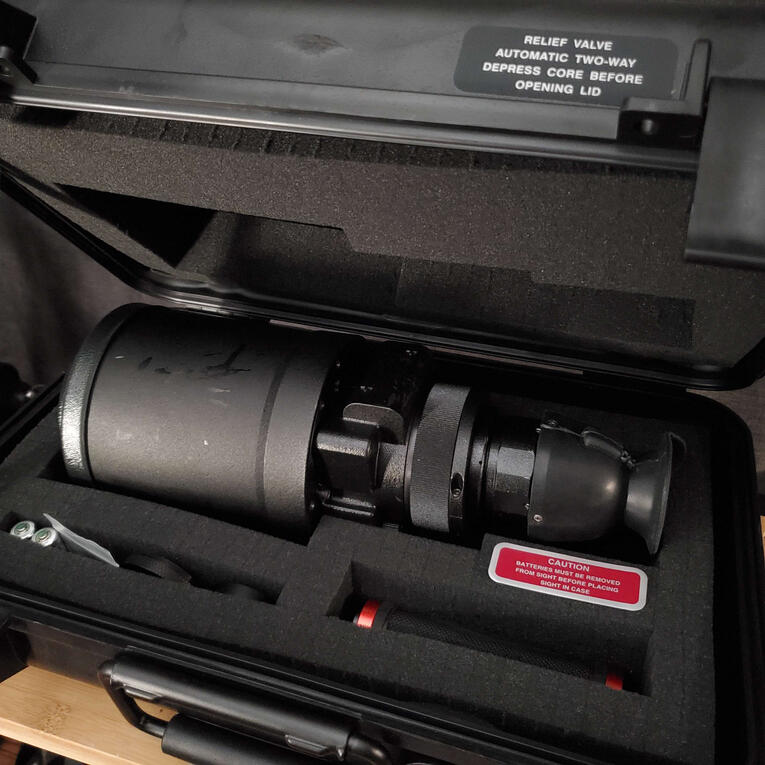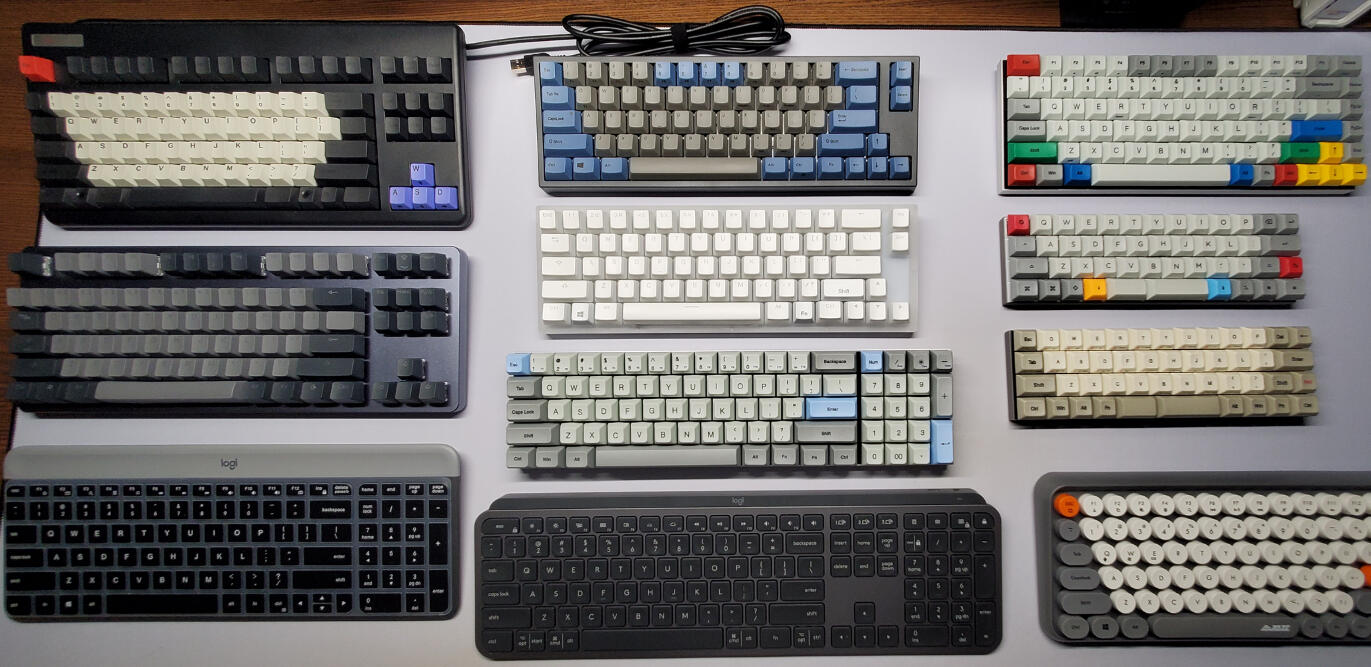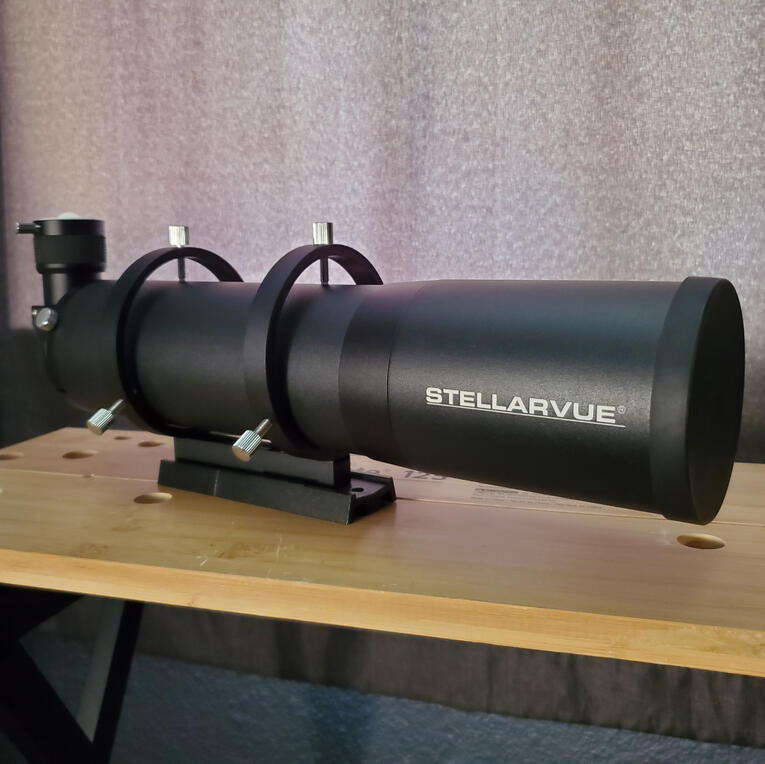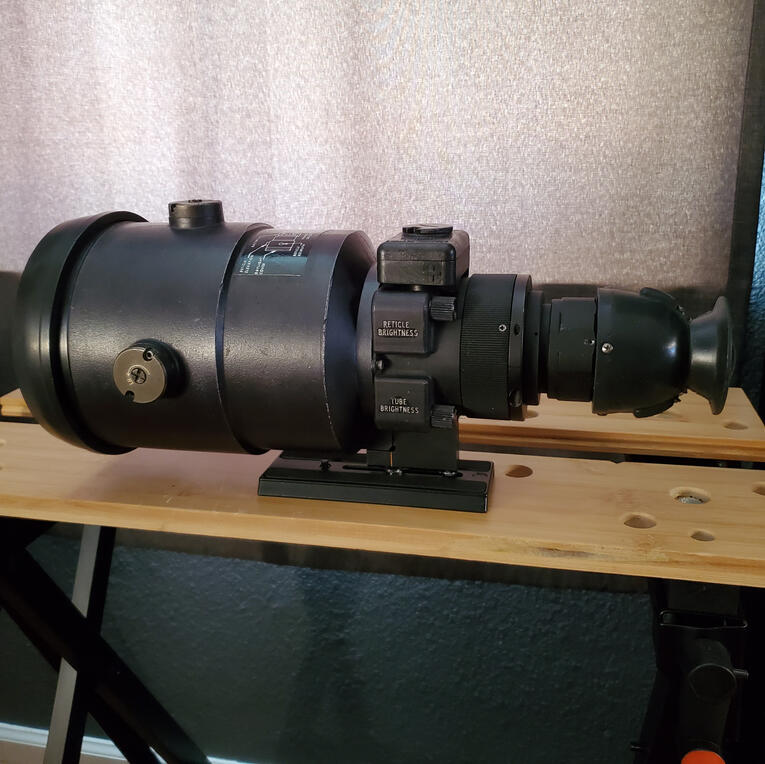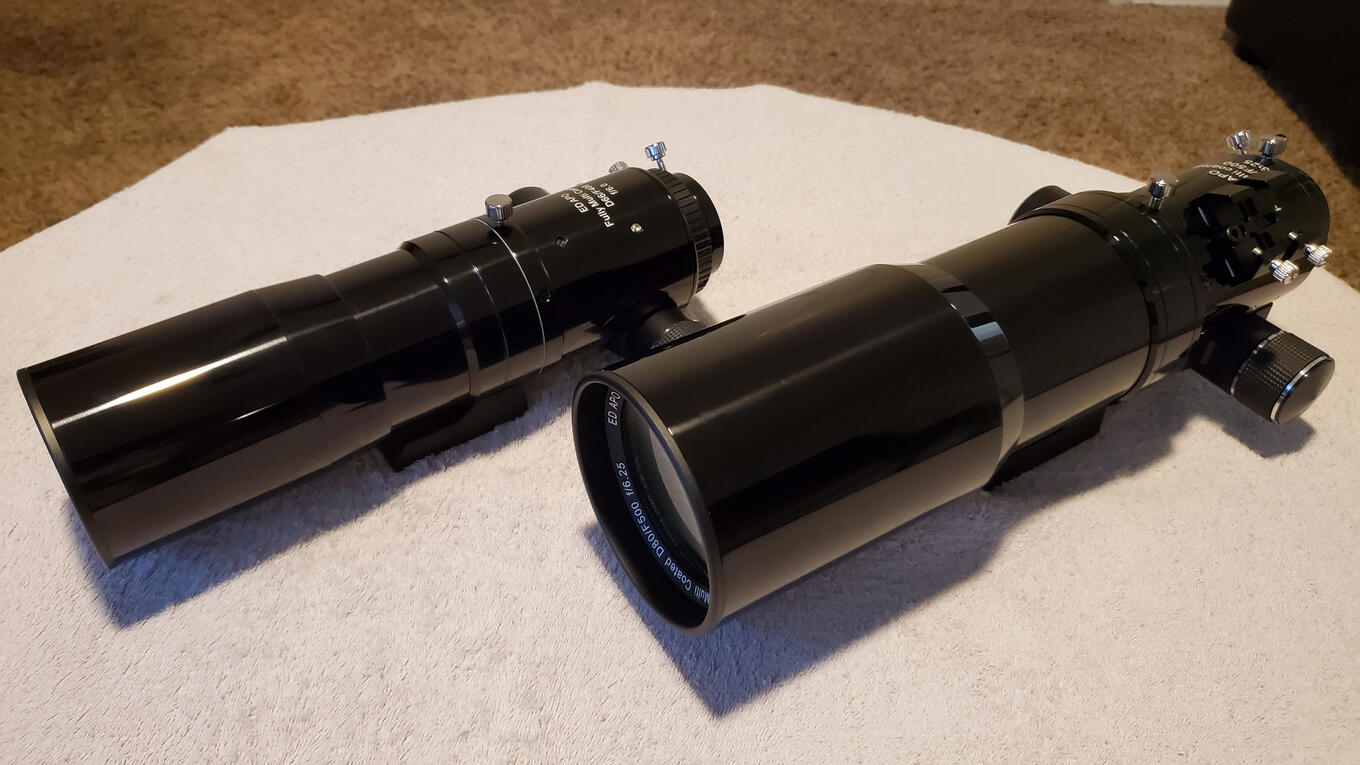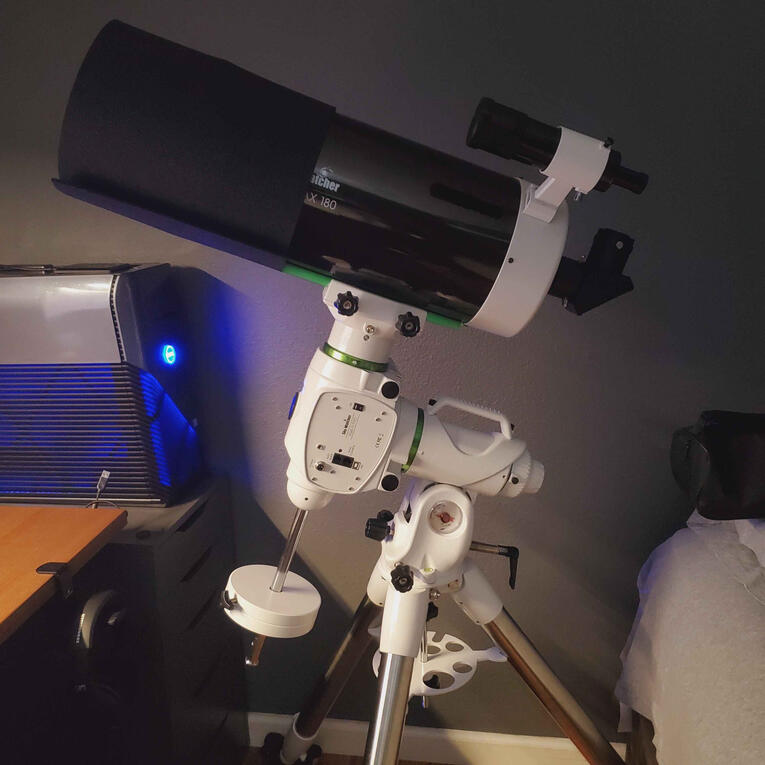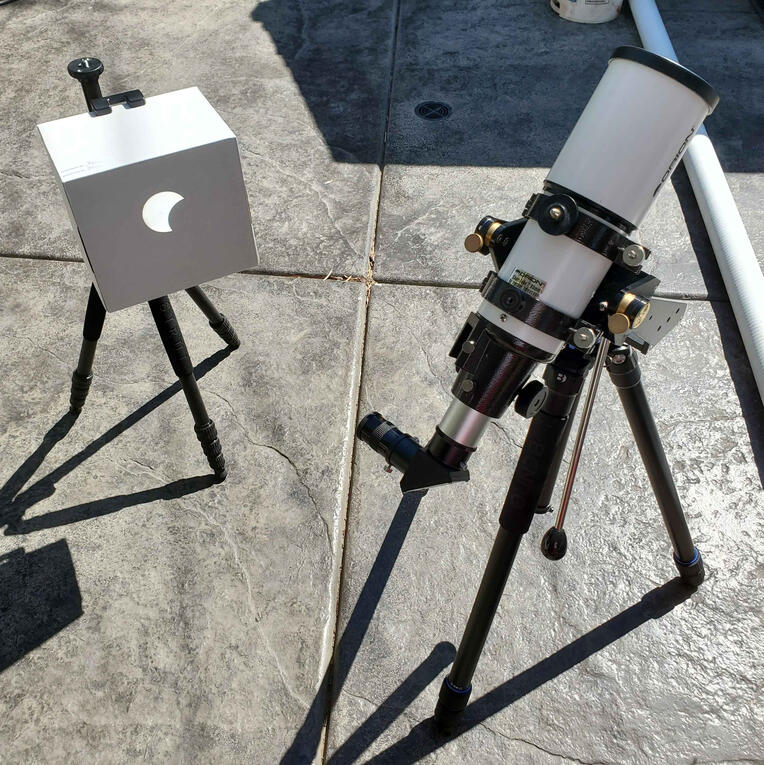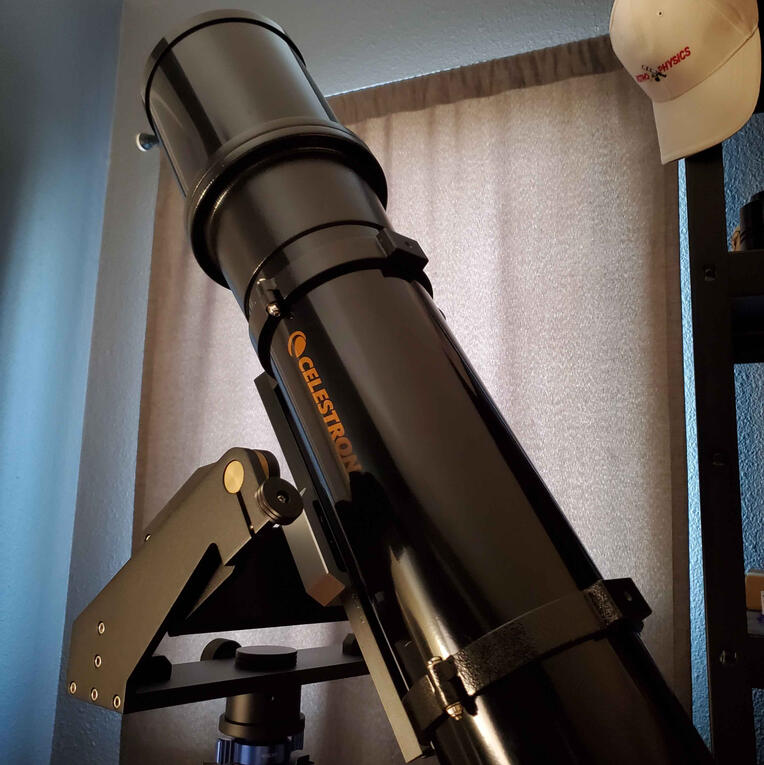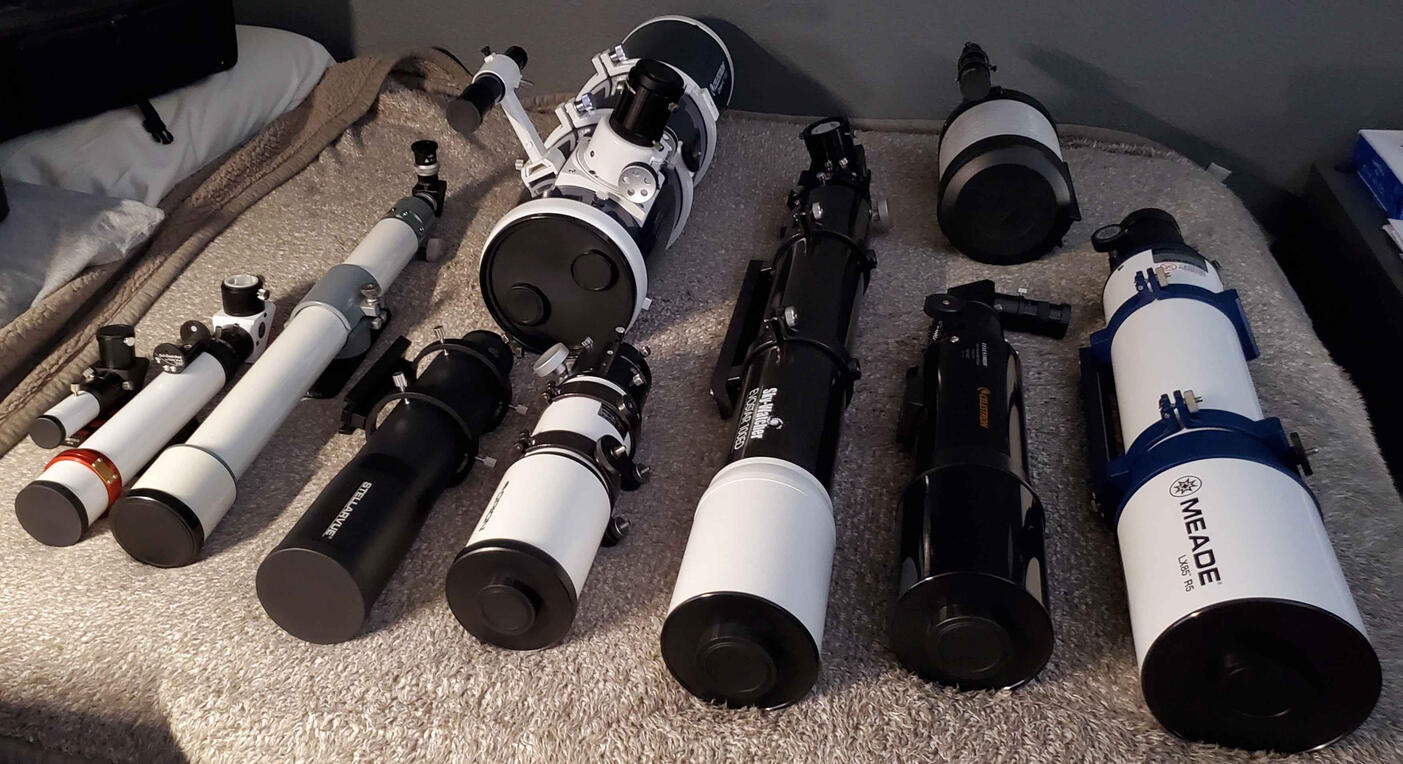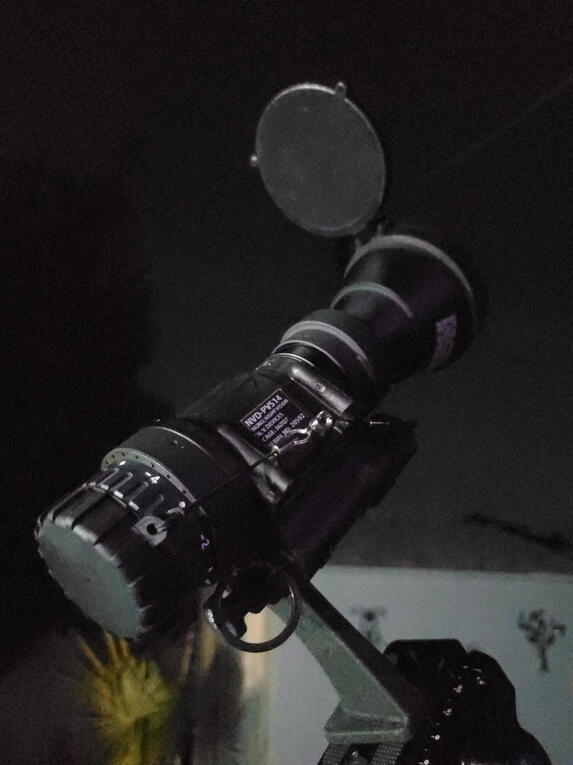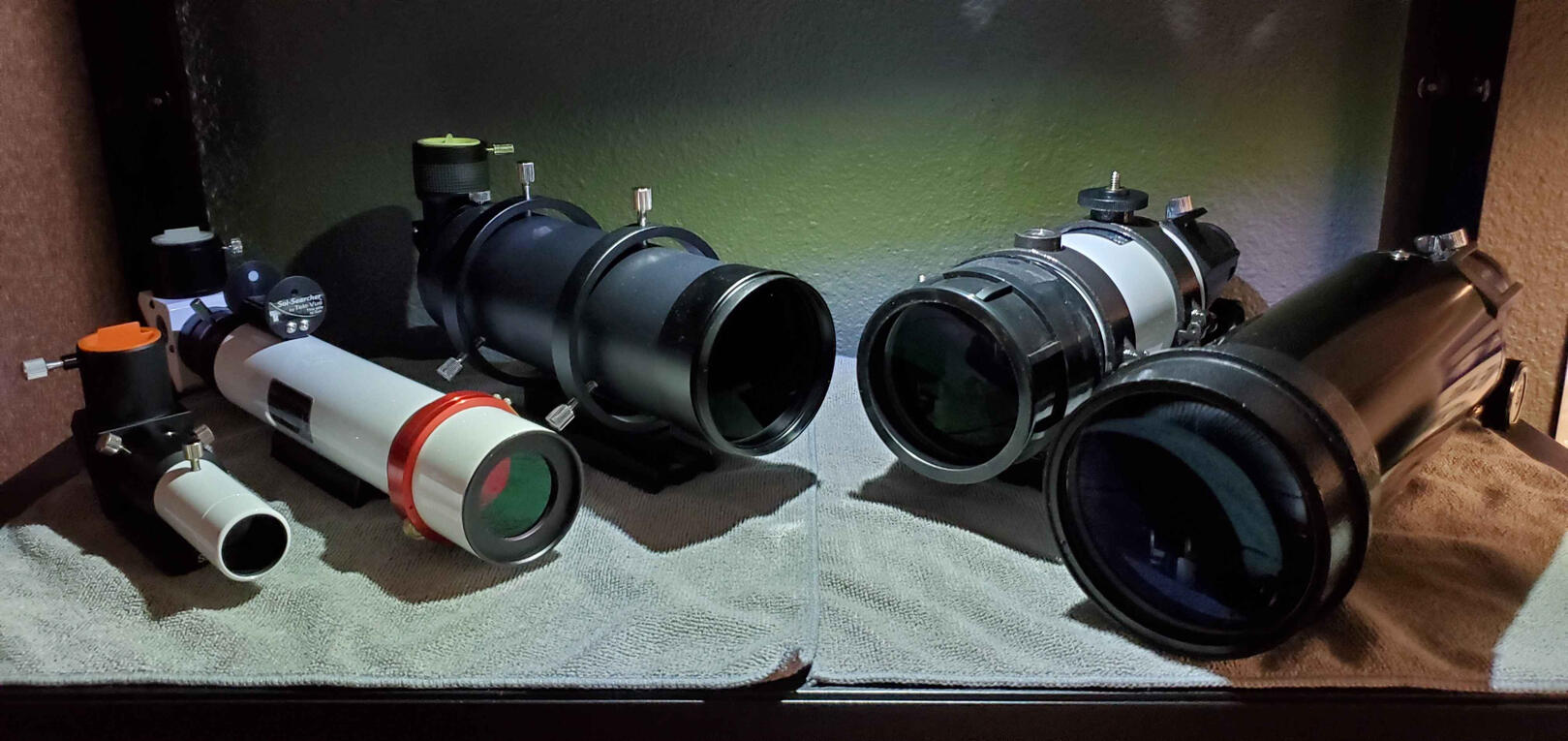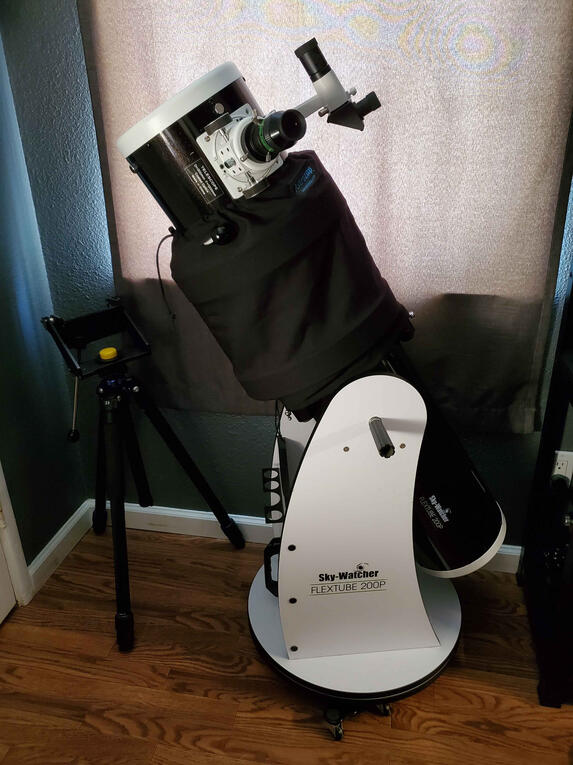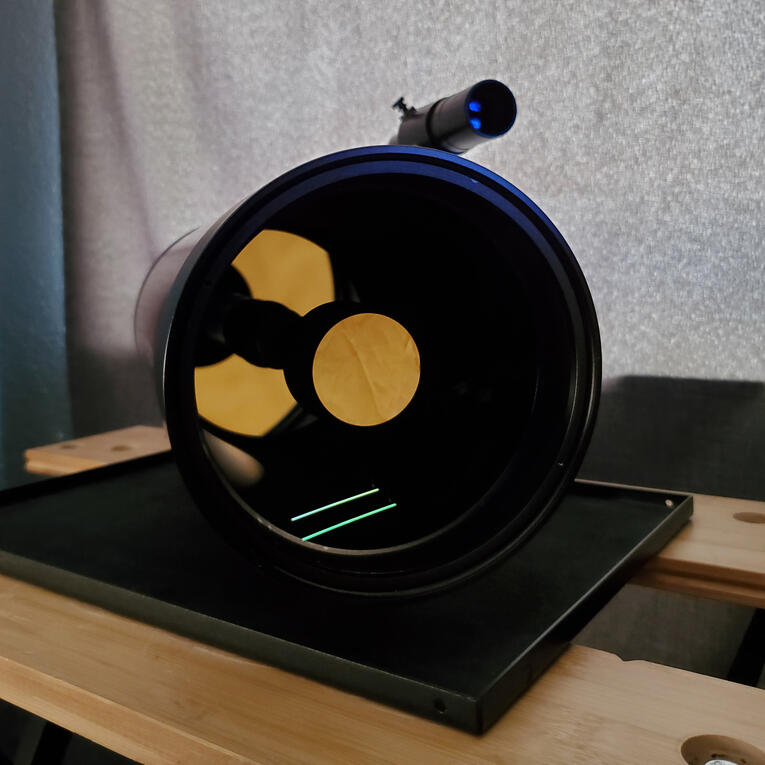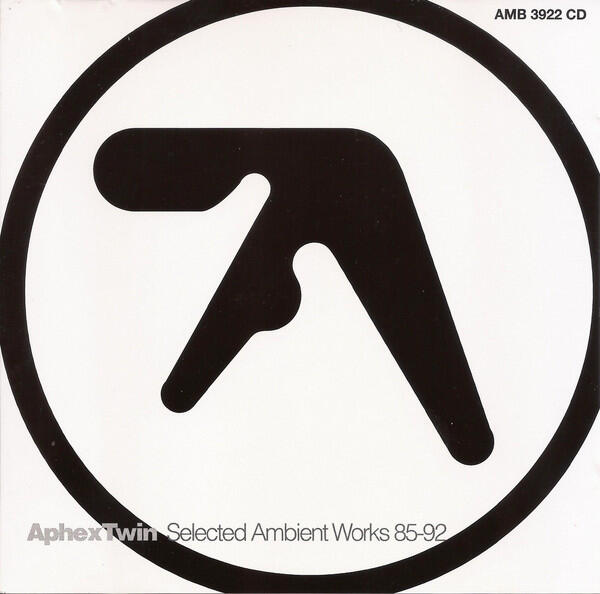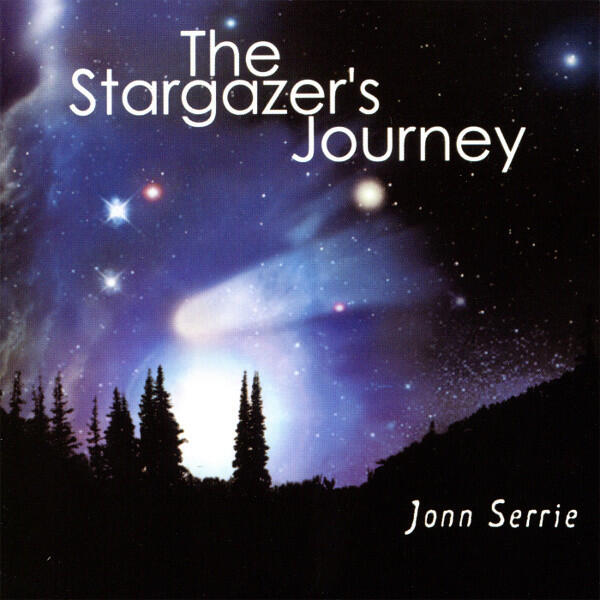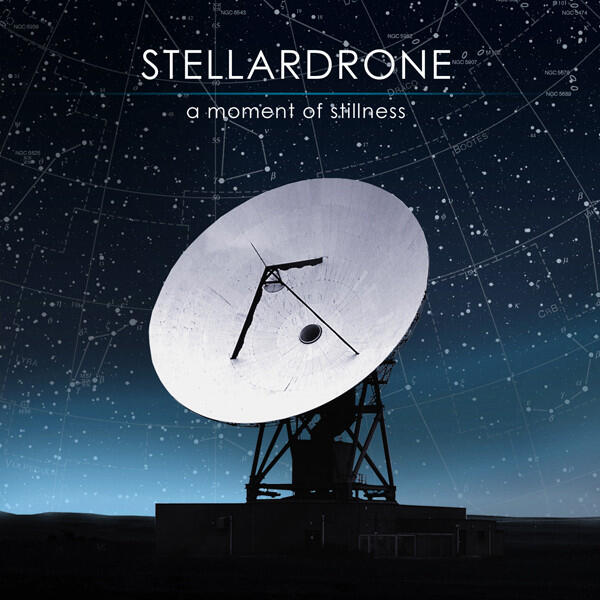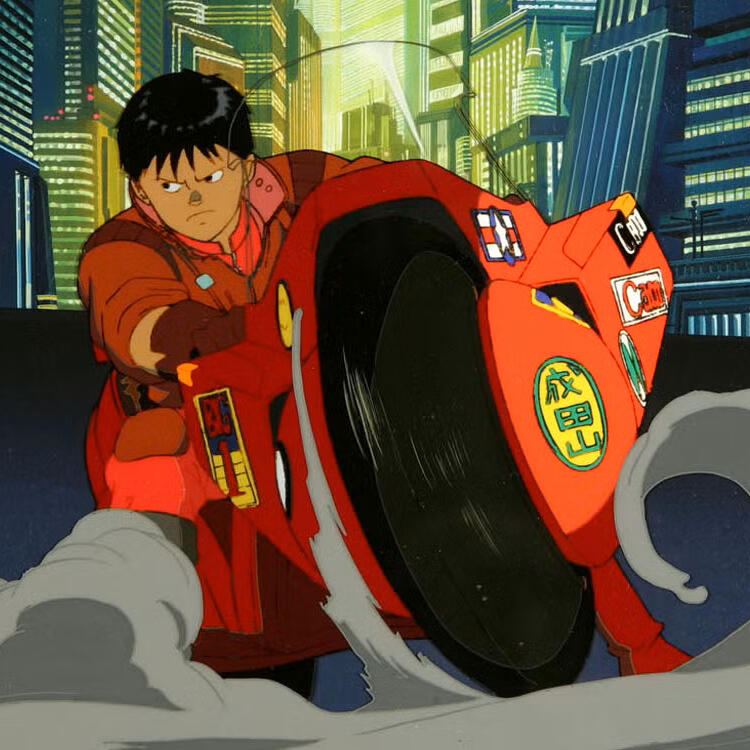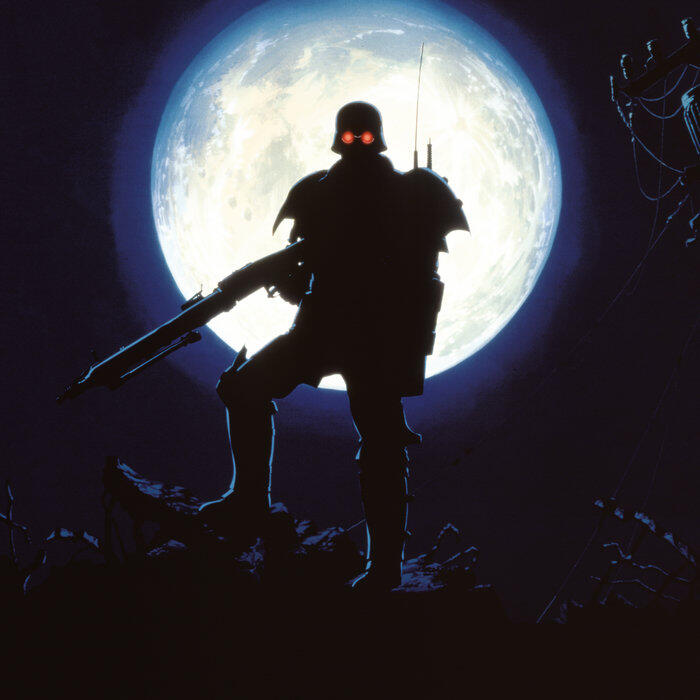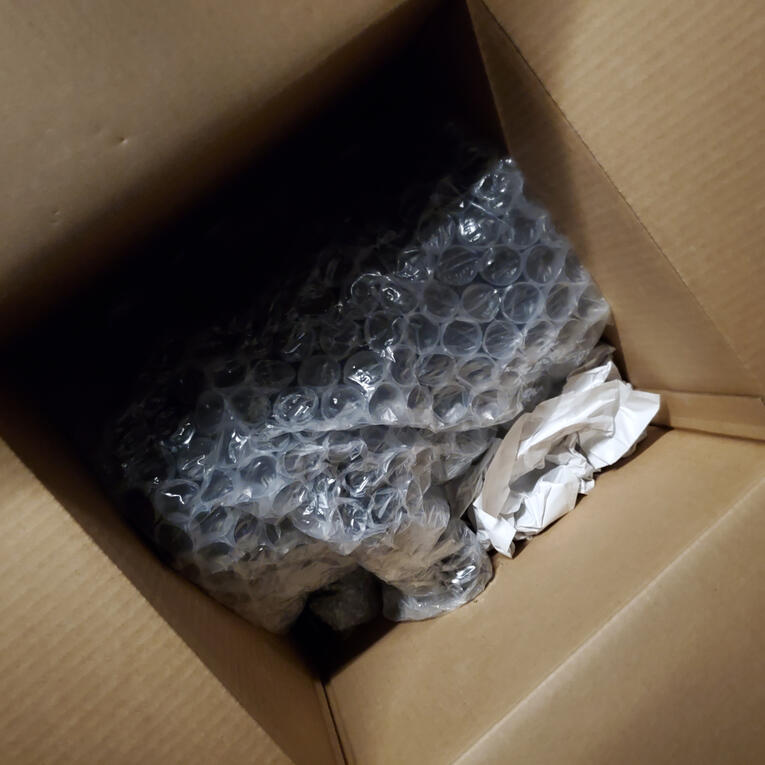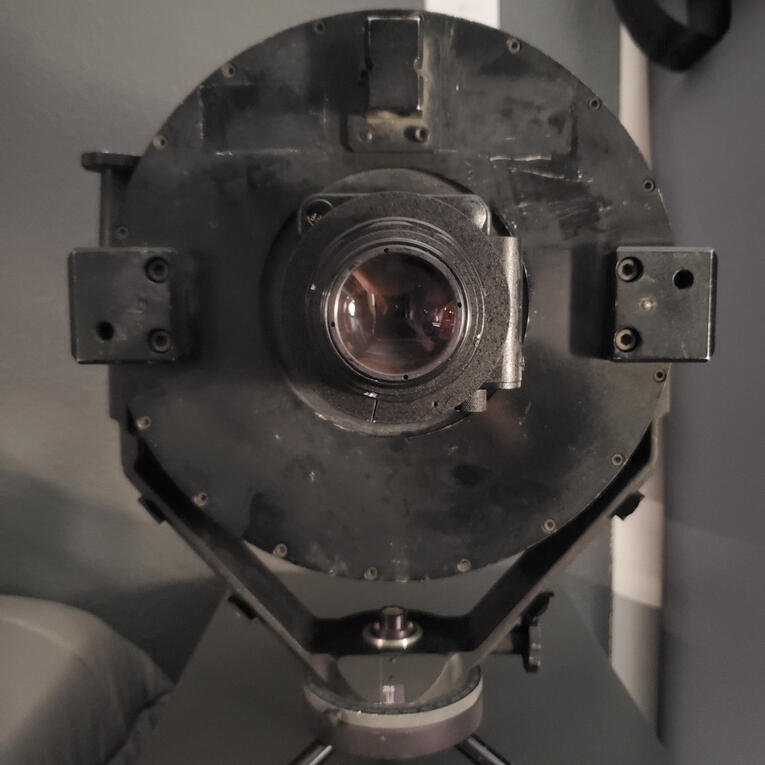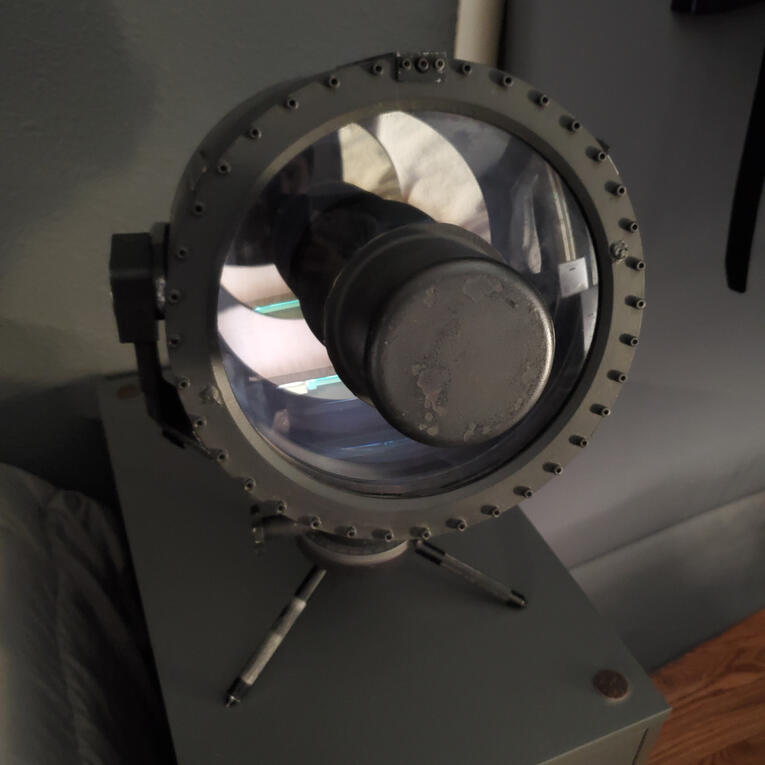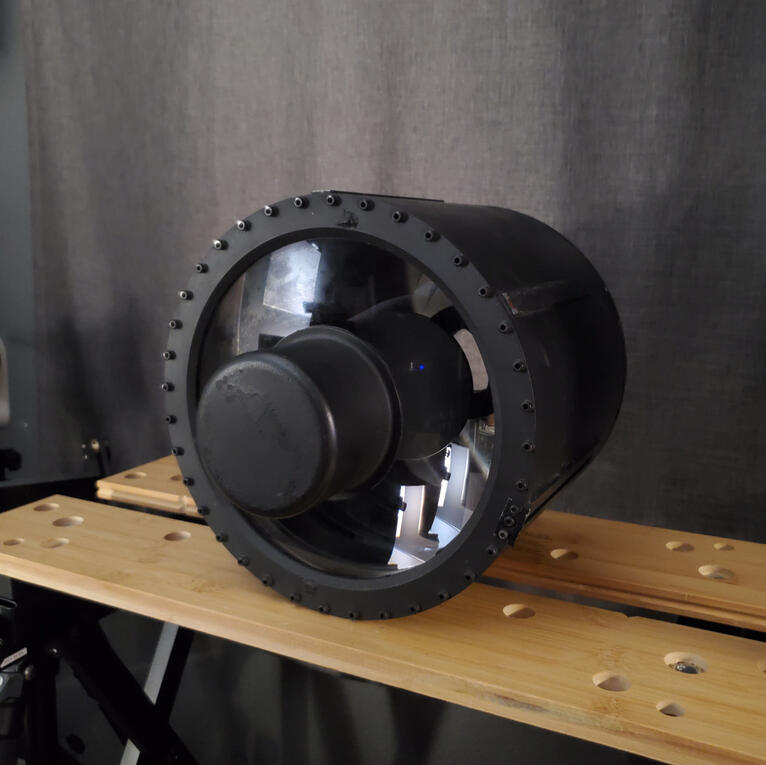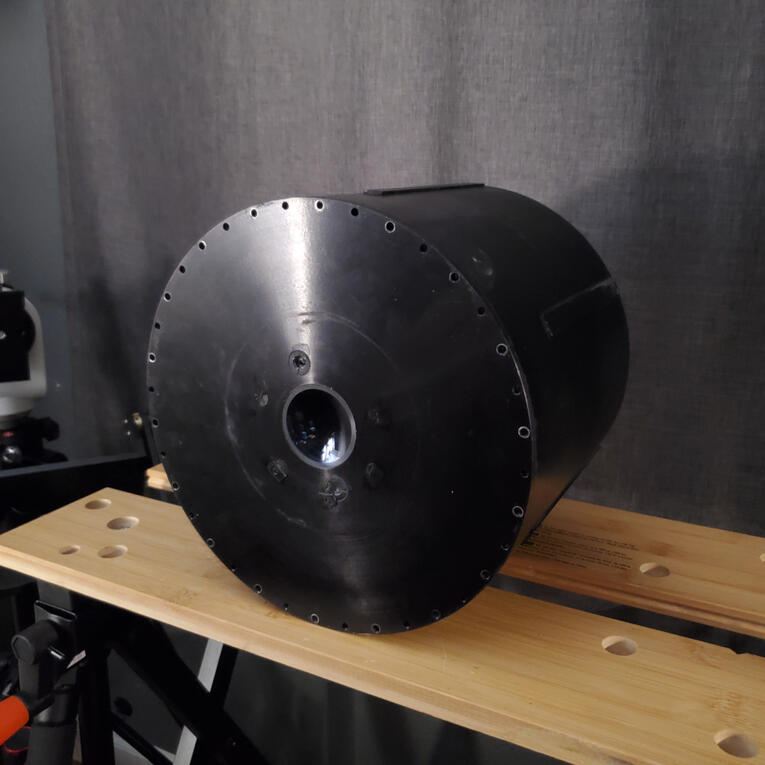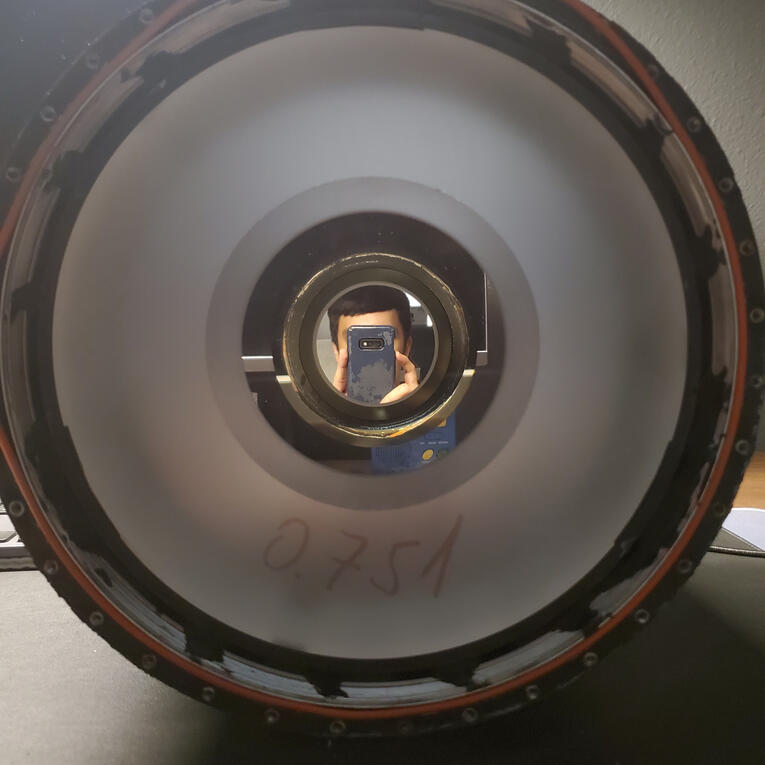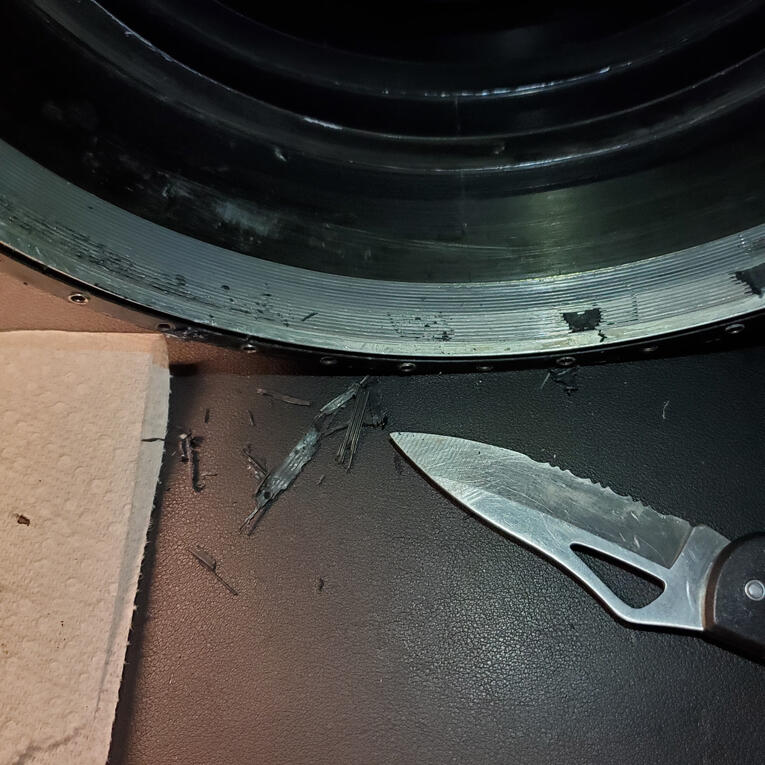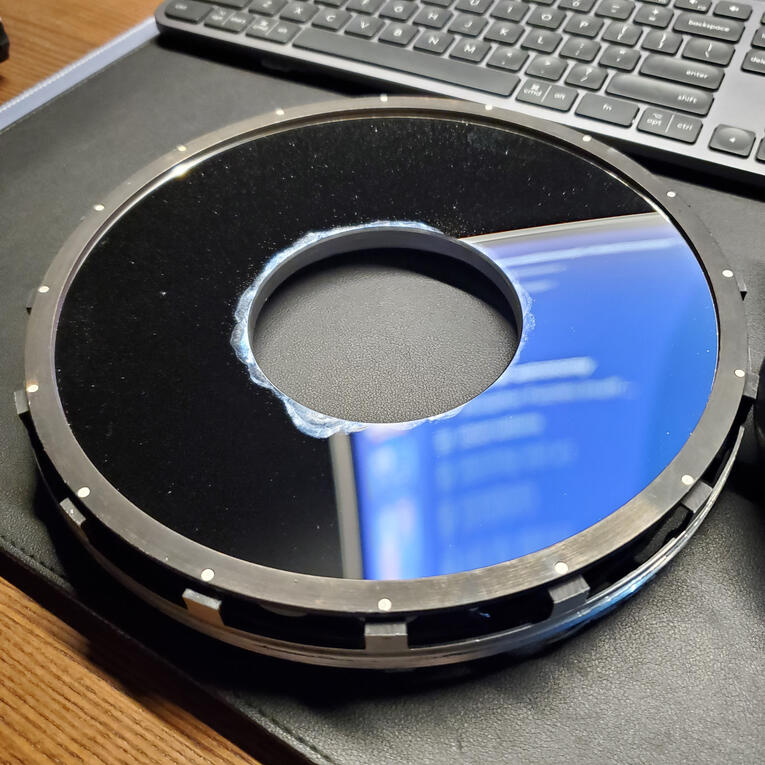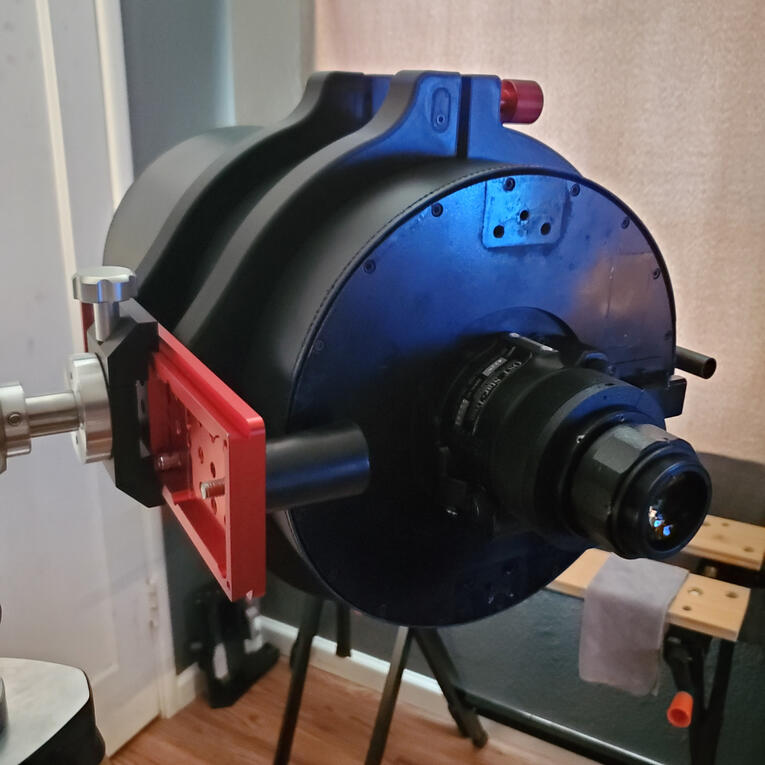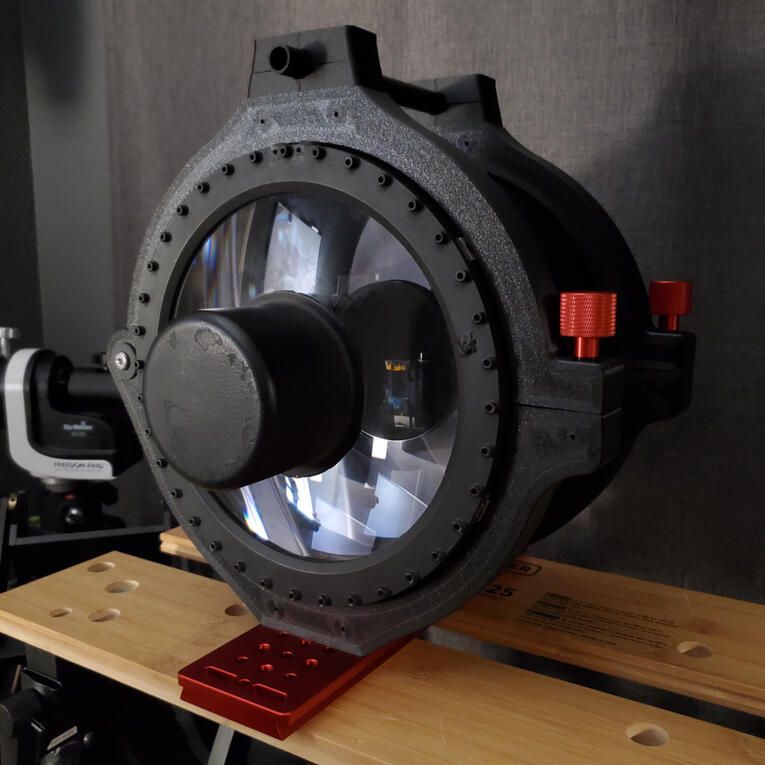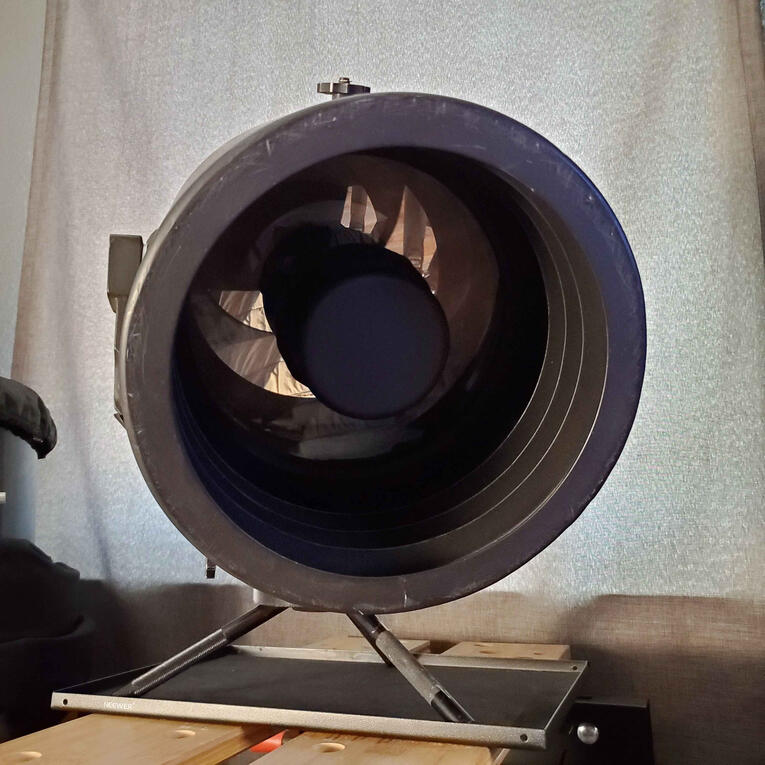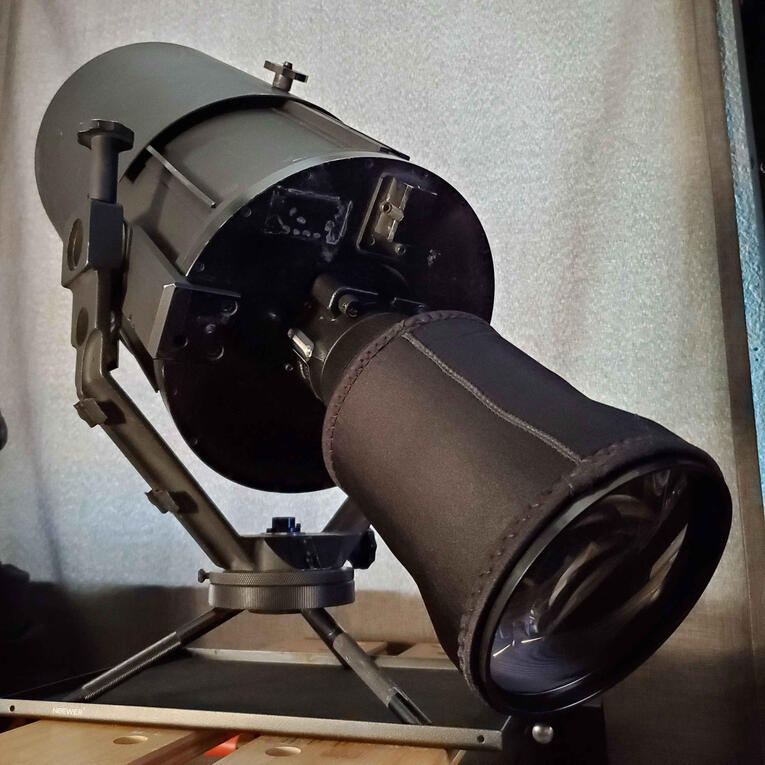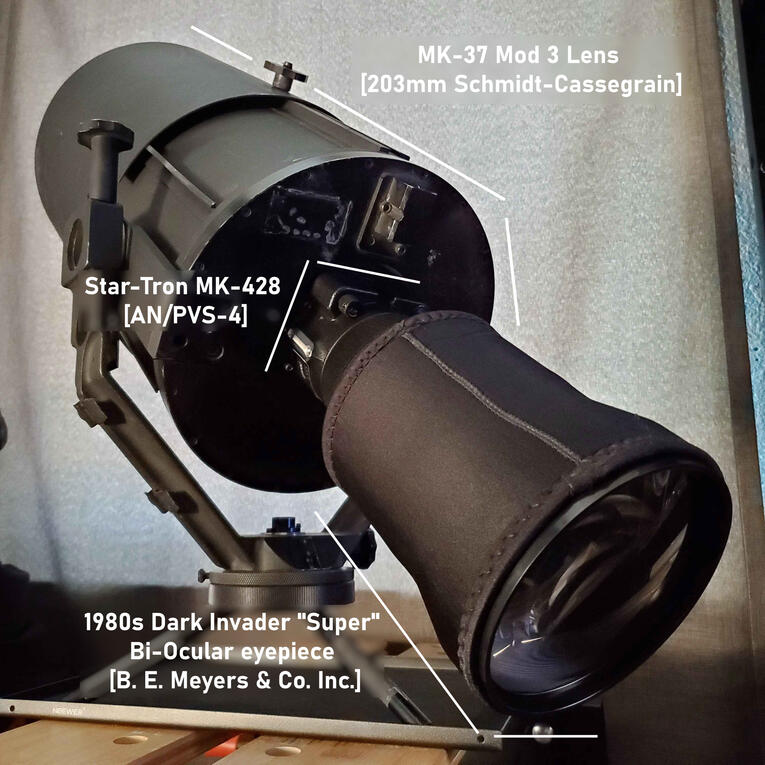oculuis

20+
telescopes
reviewed
10+ yrs
astronomy experience
Oh no…
coffees
consumed
luis he/him
amateur astronomer
click on the categories below! ⤵
about me
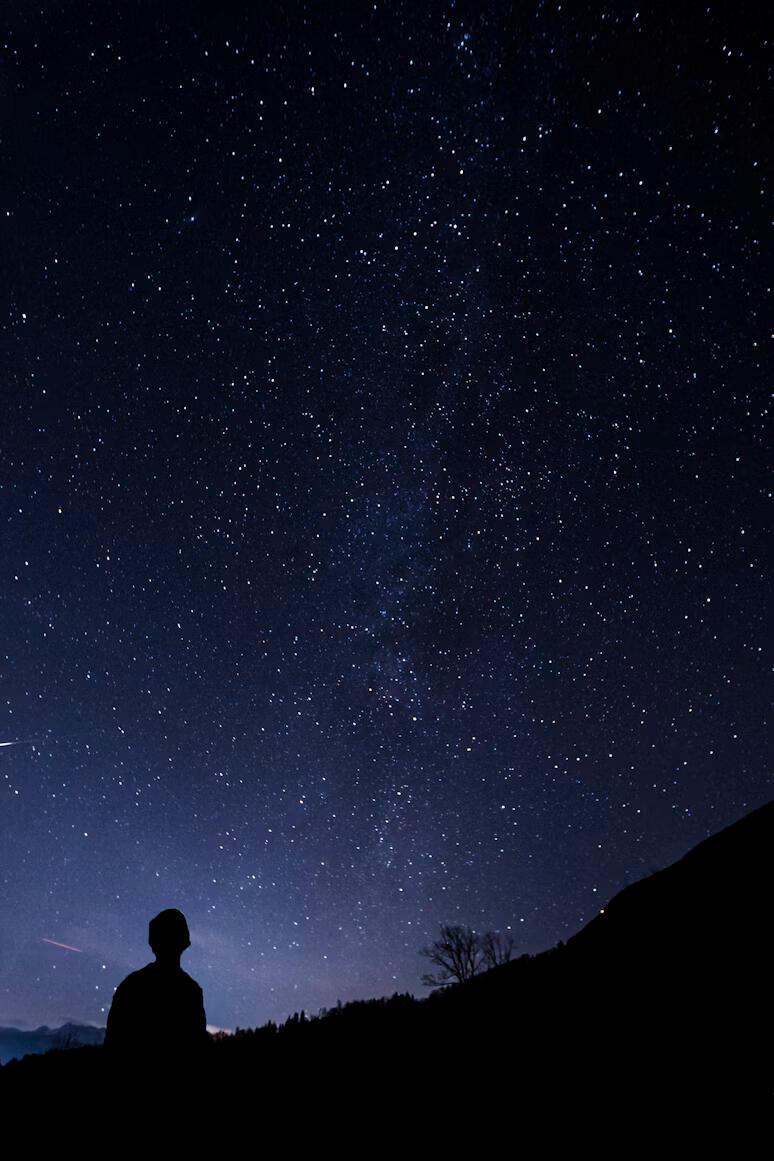
"It is peaceful in the dark, under these dimly-lit suns."
— myself
I’m a visual amateur astronomer located in northern California.I created this website for the sole purpose of showcasing my interest in astronomy, especially the dozen or so telescopes that have come and gone from my possession.I cannot imagine my life not falling down this rabbit hole of marvelous science & drum and bass. Both mix beautifully on a clear night.It’s all I know, all I will tell and all that will be remembered of me.Thanks for stopping by, stargazer.
Thanks for reading! — oculuis
my interests
Background…
I decided to compile a good chunk of common Q&A's + listing some interests of mine here.
What are some of your music interests?
My taste in music is largely consisted of 90s Drum and Bass, various electronic artists, a few ambient albums plus a ton of oldies but goldies. Shown below are just a handful of artists from my wide variety of favorites I listen to from time to time.
How did you get into astronomy?
Short answer: the Moon.
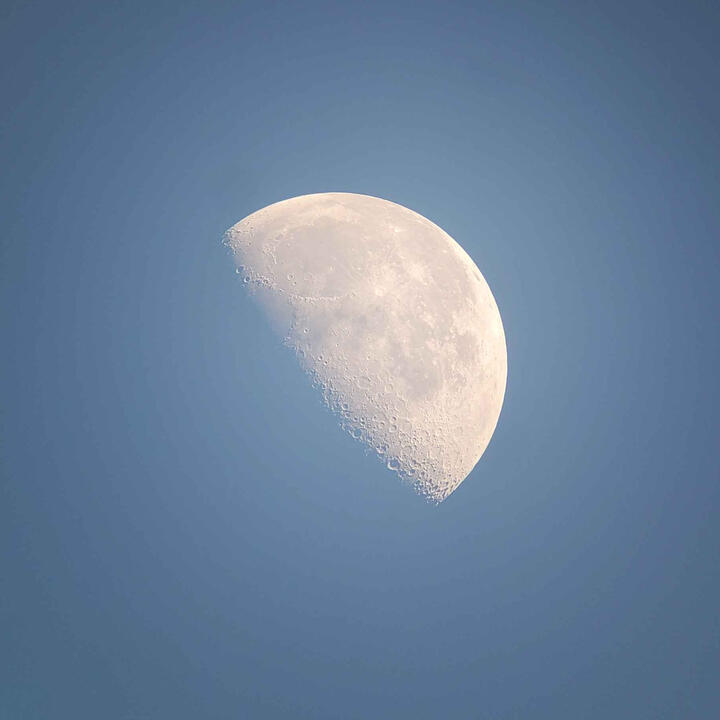
A photo I took of the moon
Long answer: the Moon — seriously.One evening, I was bored and had nothing much to do. I decided to stretch my legs a bit and go out into the backyard to get some fresh air. I glanced around the night sky noticing the stars slowly revealing themselves as the evening progressed. At the time, I had virtually no knowledge of the heavens. Stars were just stars. The moon was just the moon. I could not tell you where planets were located nor constellations that were up. I was more focused on other things at that time.However, one object caught my attention for a brief moment: the Moon. I didn’t think much of it at first as I stared back at it but something sparked in my mind at the time:“I want to look at the moon, but closer.”So, after that night I decided to do some quick research on a telescope to observe the moon with. On the next night, Amazon delivered a small tabletop dobsonian right to my front door: a Celestron 76mm Signature Series FirstScope. Ironic that it had the moon printed on the telescope for the occasion.
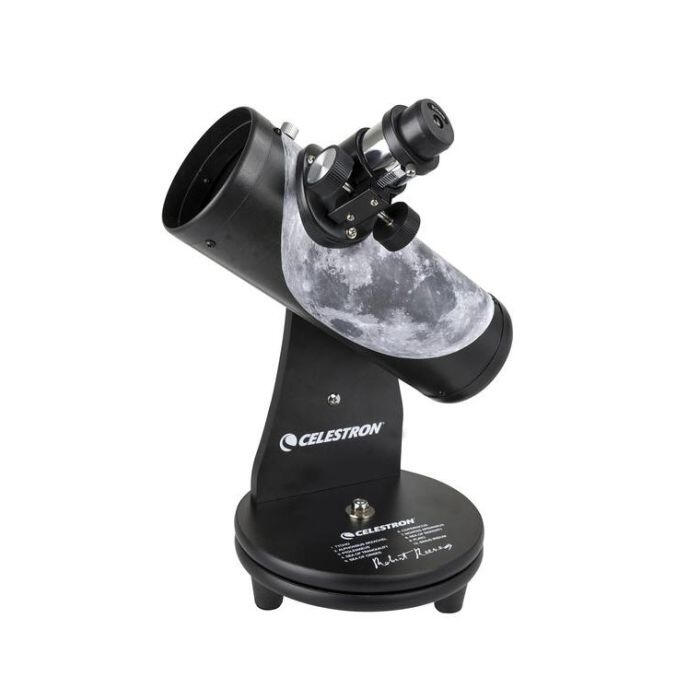
Celestron 76mm Signature Series FirstScope
As I placed the telescope on an outdoor table and plopped in a decent eyepiece, I immediately aimed for the moon and focused into view. Suddenly, I was amazed at the rich detail I saw for the first time. Thousands of individual craters large and small, valleys as far as the eye could see, mountain ranges that connected the surface together and large dark maria which once were violent seas of lava during the early formation of our worlds."Was this really what was over my head every night?", I thought to myself in shock. I've never seen the moon in such detail before. Have I been missing out on so much?Since then, I was dropped into the deep rabbit hole of astronomy. It only grew more questions than answers. I was suddenly scrolling through endless realms of information from various astronomy forums to Wikipedia. Thousands of hours searching every question that buzzed my curious mind. Black holes, spacecraft, galaxies, asteroids, observatories, extraterrestrials and even the question of life itself — are we even alone here?Any sane person would have an existential crisis, but it drew me more and more curious. I feel humble to live in a time where the universe is both chaotic and calm, where I could observe it peacefully under these dimly lit suns — at least, when the weather permits it.
Have you seen a UFO/UAP before?
I’ve seen some oddities from time to time. However, as I continue to observe the night sky and learn over time, I usually conclude most of these objects to be man made. From tumbling satellites where I would catch an iridium flare at just the right spot, to distant aircraft traveling away from me to make it appear to be slowly hovering. It's purely perspective and heavily depends on how knowledgeable you are of the heavens.The longer you spend under the stars, the more you start to learn about things you’ve never seen before. For example, light pollution is a growing issue in most urban environments. Due to this, most people have never seen a Starlink train before.What is that you may ask?

A Starlink train
Those are Starlink satellites, they provide internet around the world courtesy of SpaceX. They're usually launched from the same rocket in batches, showing up in "trains" (long rows) as they slowly spread apart. They're brilliantly illuminated due to how high they are, thus being exposed to more sunlight and reflecting it down below to us observers.One night, my mother called me outside in a haste due to seeing a pair of glowing orange orbs silently floating in the night sky. As I rushed outside, she pointed them out in confusion. Without a second to spare, I immediately stated they were Chinese lanterns due to a nearby festival occurring. With good eyes, you can identify the small flickering of the lit candle inside.
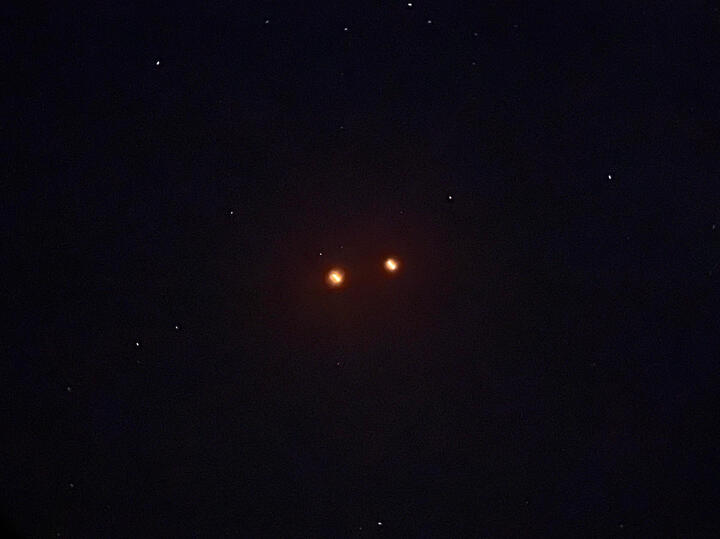
A pair of Chinese Lanterns
So, have I ever seen a UFO/UAP before? No. Mainly because I can discern with good judgement that most objects I’ve seen are man made. However, due to the growing issue of light pollution and with regular folks (such as my parents) who have little experience of the night sky, any bright orb or flash of light could be claimed as alien.However, it’s OK to not know what you see. It’s OK to ask questions, but don’t label objects as something you don’t know about confidently. This will only grow more confusion, spread misinformation and panic.
Do you have any favorite shows?
I hardly watch TV nowadays and usually spend my time watching anime, especially movies and TV series from the 80s and 90s to the early 2000s. A few of my favorites are listed below.
What else is there about you?
Astronomy has been a hyperfixation of mine for sometime now. However, I do enjoy other things…
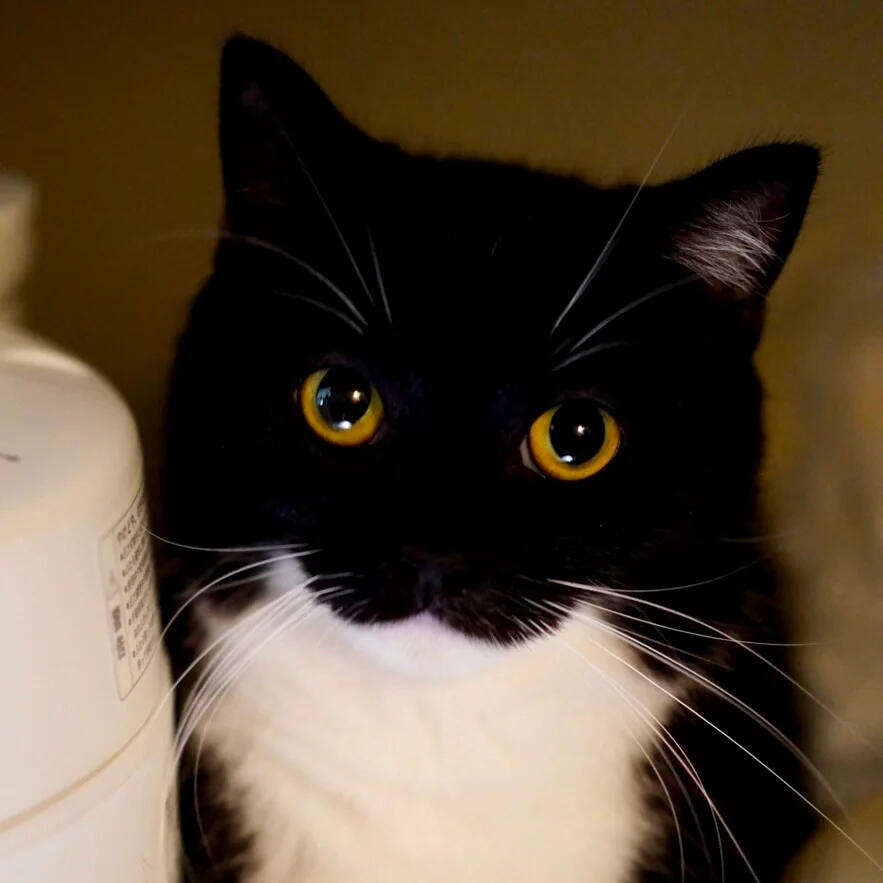
I love cats :3They're such adorable little silly creatures. They were once treated as gods, you know?Sorry, dog people.
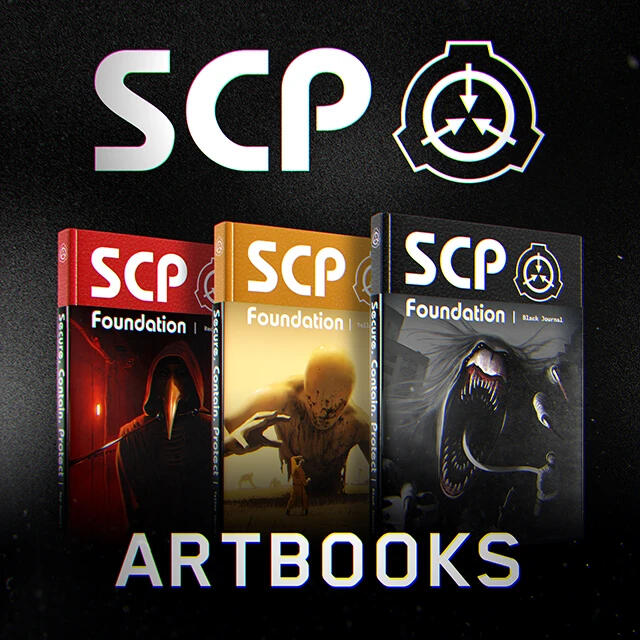
I’m a huge SCP fan.The SCP Foundation was the first fandom I fell in love with. From browsing the endless entries on their Wiki, watching dozens of animated videos explaining in depth about anomalies from YouTubers such as from TheVolgun and Tats TopVideos, to accumulating hundreds of hours on SCP: Secret Laboratory on Steam.My favorite SCP-001 proposal is S. D. Locke's “When Day Breaks” and my favorite SCP by far is SCP-096. Hats off to MrKlay for creating that short film over on YouTube.I also backed one of the popular Artbooks pictured to the left on Indiegogo. I still browse the fantastic artwork and selected anomalies from time to time.

I love the original Half-Life series — specifically HL1.“NO! I’M WITH THE SCIENCE TEAM!”But in all seriousness, I’m more fascinated with Black Mesa as an organization. Studying the hierarchy, learning about its departments, divisions and projects, it’s such a fascinating insight learning about its compartmentalized secrecy.Especially prior to the dreaded Resonance Cascade.

I'm a handyman.I love working with my hands and tinkering with electronics by taking them apart and see how they work from the inside out to assembling furniture for family members — especially IKEA furniture. Their manuals are fun to read!

I love Legos!I've been playing with Lego City sets since I was a child, especially the Police sets. I used to collect a whole bin's worth of them under my bed as a teenager, but later gave all of them away to my younger cousins as I grew older.That still never stopped me from purchasing larger sets, such as the Lego Saturn V rocket that sits proudly on my desk.I resonate a lot with Benny the astronaut :3"DON'T TOUCH ME WHEN I'M SPACESHIPPING!"
— Benny to Balthazar

I've studied nuclear war since high school.I nerd out over everything there is with the idea of mutually assured destruction (MAD). Ranging from the emergency alert system, the difference between blast and heat, the process of fallout and the design of Civil Defense that promoted homemade fallout shelters.I’ve scoured various topics on DEFCON, Continuity of Government, FEMA response, military versus civilian targets, Operation Looking Glass, nuclear winter — to watching popular yet terrifying movies such as Threads (1984), The Day After (1983), Special Bulletin (1983) and By Dawn's Early Light (1990).In a quote from War Games (1983) that sums it up:“The only winning move is not to play.”

The first ever console game I played was Sitting Ducks (2004) on the PlayStation 2!The cartoon is one of my favorite childhood comfort shows.
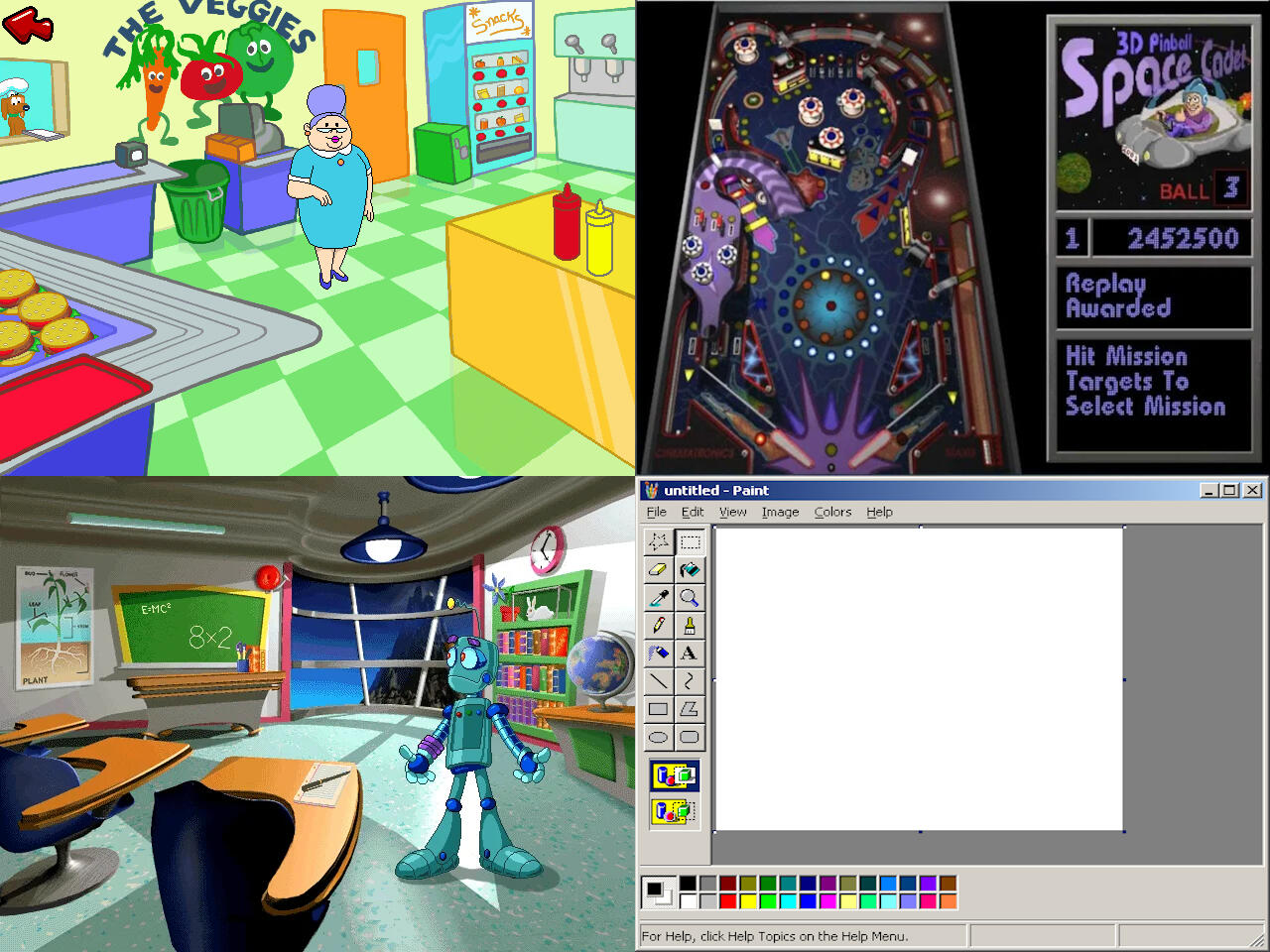
Recognize any of the PC games here? These were the first PC programs I played a lot since I was a kid growing up with a dinosaur desktop in a closet.Left to right, top to bottom:JumpStart 1st Grade (1995), Full Tilt! Pinball (1995), JumpStart Adventures 3rd Grade: Mystery Mountain (1996) and Microsoft Paint (1985).
Thanks for reading! — oculuis
my night vision
Background…
During my time in visual astronomy, I've had difficult progress observing many deep sky objects. Being a complete novice combined with my lack of knowledge with the night sky, I started to question where all of these “deep sky objects” people were raving about.It wasn’t until after I learned about light pollution, seeing and transparency conditions that made me realize just how patient I had to be in order to observe these large objects. You didn’t need to magnify like crazy, you actually had to sit there and observe the object both directly and averted to make out anything, and different nights had different conditions. Go figure.My typical night fell into exhausting hours of trying to see anything. Apart from showpiece objects, I never saw anything else but open star clusters and naked eye nebulae, plus a planet or two.It started to dawn on me that no matter the aperture, I could never afford darker skies — that is until I learned about night vision astronomy.
What is Night Vision Astronomy?
In short, it’s the hobby of using a night vision device (NVD) to amplify low light objects and observe them in real time. This method brightens even the faintest of celestial wonders you’ve only dreamt of seeing with the unaided eye.Thousands upon thousands of stars immediately sprinkle across the night sky. Dozens of deep sky objects suddenly pop out. The band of the Milky Way galaxy stretches across overhead. It was a fascinating treat, I felt like a kid on Christmas Day.Paired with a large objective lens or even a telescope, even faint galaxies and comets are within your reach. You observe these distant objects in real time as their photons of light reach your NVD and amplify them for your viewing pleasure.
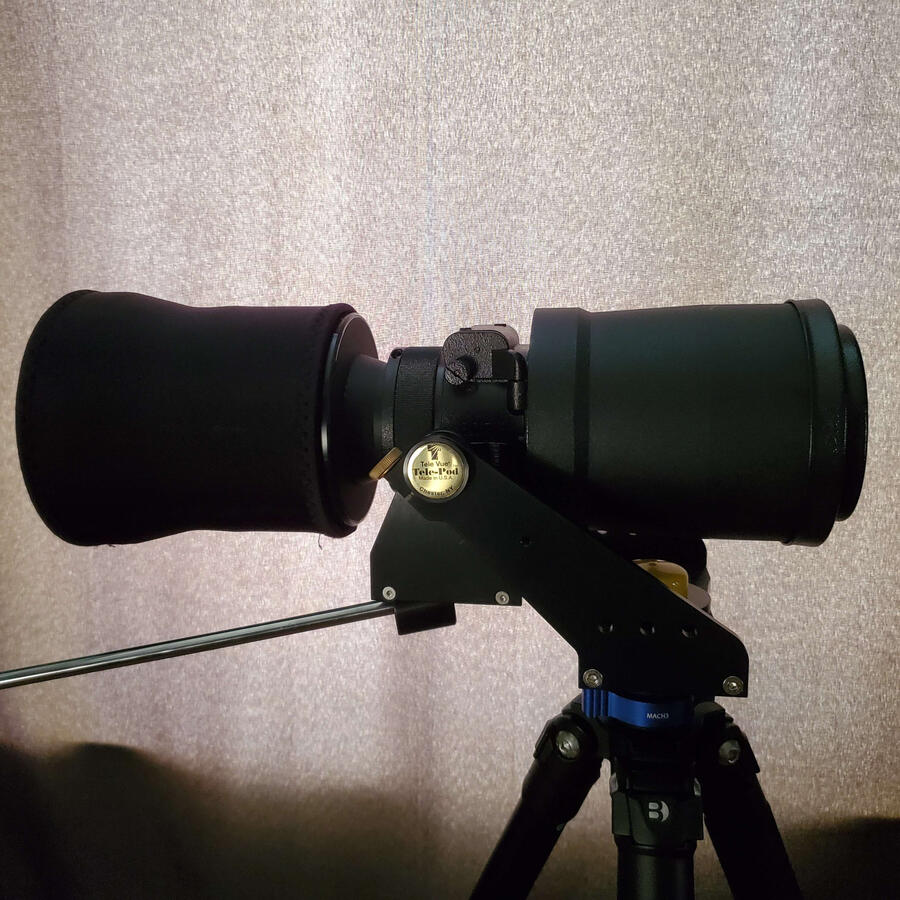
What NVD do you use?
My primary NVD is an AN/PVS-4 — a Star-Tron MK428/LR170.This is a scope utilizing either a 25mm Gen 2 MX-9644/UV tube or a 25mm Gen 3 MX-11620/UV tube. The lens is a 170mm f/1.5 Catadioptric (magnification 6.8x).I purchased this used unit on eBay one night after watching a video by Carpe Nocturnum (@cnoct) on YouTube demonstrating various NVD on the night sky.Pictured left is my Star-Tron unit with a large bi-ocular eyepiece,
mounted on a Televue Telepod.
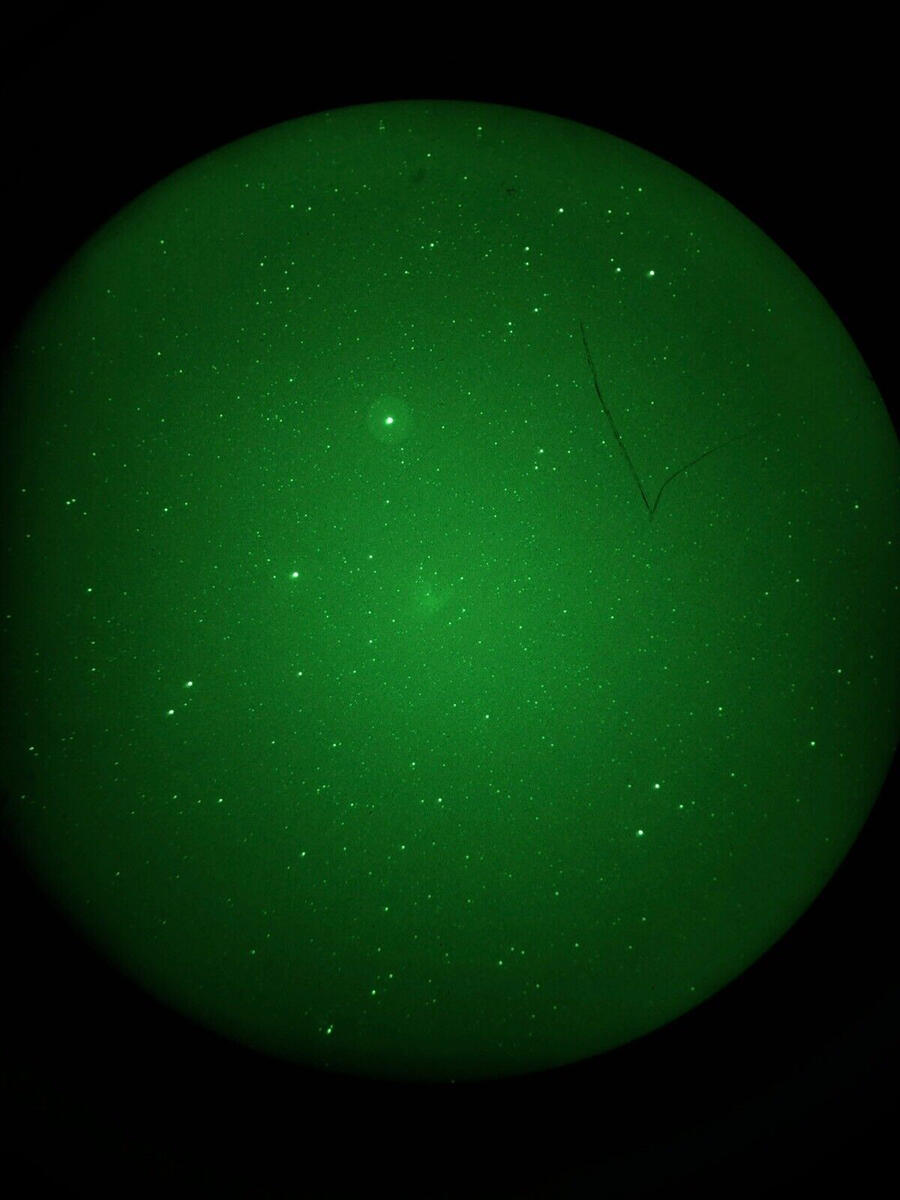
Despite a generous scratch located on the image intensifier, it put up a fantastic image of the night sky nonetheless.To my delight, this unit was purchased during the Leonids meteor shower.
I was greeted with dozens of shooting stars racing across my view.Pictured left is a view through my NVD.
Any footage from your NVD?
The Pleiades star cluster is an excellent object to observe. Easily seen with the unaided eye.
Our galactic neighbor, Andromeda, is shown here. ~2.5 million year old light at your viewing pleasure!
The Double Cluster in the constellation of Perseus. The limbs of trees are in the foreground.
Slowly drifting across the band of the Milky Way in B&W footage to boost contrast.A 685nm filter is tapped to the most rear objective of my large MK-37 Mod 3 cassegrain lens, a poor man's way of using filters on such an old device.
Comet C/2023 A3 (Tsuchinshan–ATLAS) from my backyard in October 2024. B&W footage to boost contrast.This is the first comet I've directly observed after missing C/2020 F3 (NEOWISE) back in 2020. It's the greatest thing I've ever witnessed as an amateur astronomer.Comet C/2023 A3 was assumed to fade away and not return for another 80,000 years.Recent calculations from NASA's Solar System Dynamics group show that it is on a hyperbolic path, meaning that it will not return.Either way, it is a once-in-a-lifetime event.
Various night vision footage…
The Milky Way band over the summer months. You can easily notice its milky shape and dark nebulae low across the southeastern sky.Captured with my Sionyx Aurora Pro night vision camera, paired with a Baader 685nm IR-Pass filter.
A flock of birds migrating west on a cold winter night.This footage was taken with my Sionyx Aurora Pro night vision camera, paired with my Photonis WP PVS-14 at 3x magnification.
Comet C/2023 A3 (Tsuchinshan–ATLAS) from my backyard.Captured with my Sionyx Aurora Pro night vision camera, paired with a Baader 685nm IR-Pass filter.
The Milky Way band in black and white. A shooting star is seen at the beginning at the top of the band.Captured with my Sionyx Aurora Pro night vision camera, paired with a Baader 685nm IR-Pass filter.
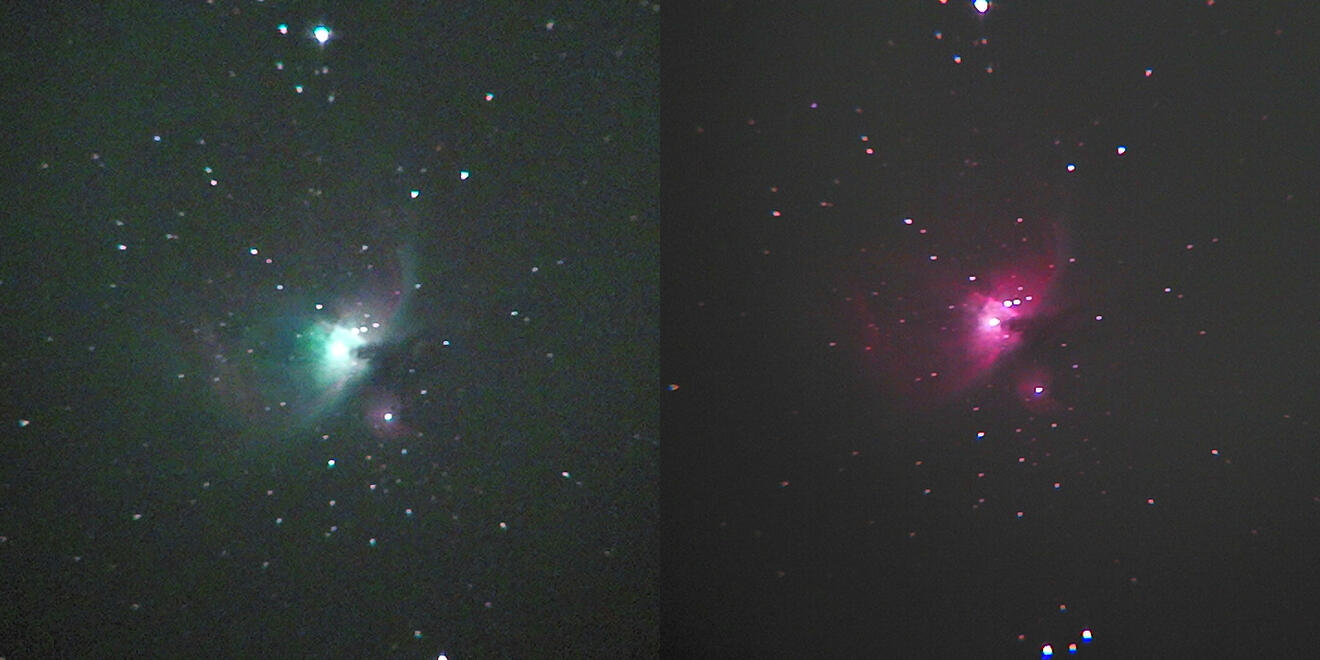
A comparison photo of the Orion Nebula during the late fall months. You can easily notice the complex structure of the stellar cloud.On the left side of the image is the Orion Nebula with my Sionyx Aurora Pro night vision camera, paired with a Lumicon UHC filter. On the right side is without.

My Orion ED66 CF refractor telescope with the Milky Way galaxy in the background.Captured with my Sionyx Aurora Pro night vision camera, paired with a Baader 685nm IR-Pass filter.
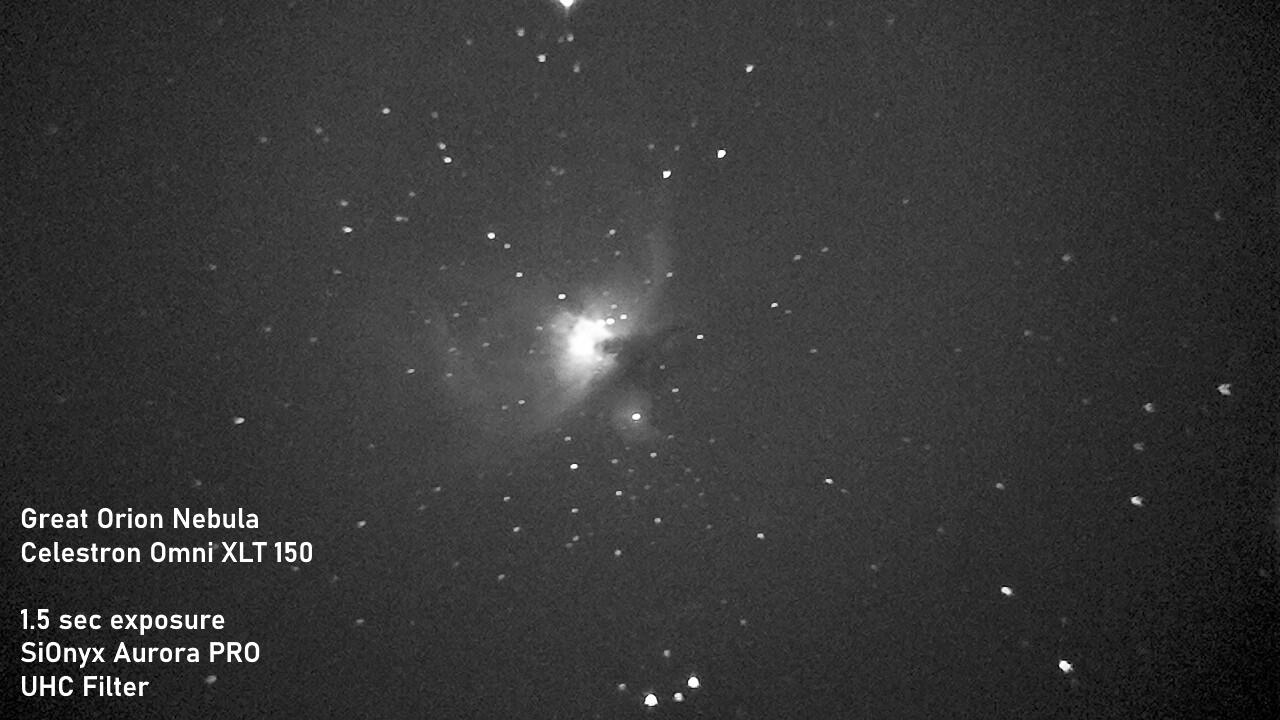
The Great Orion Nebula.Captured with my Sionyx Aurora Pro night vision camera, paired with a UHC filter.
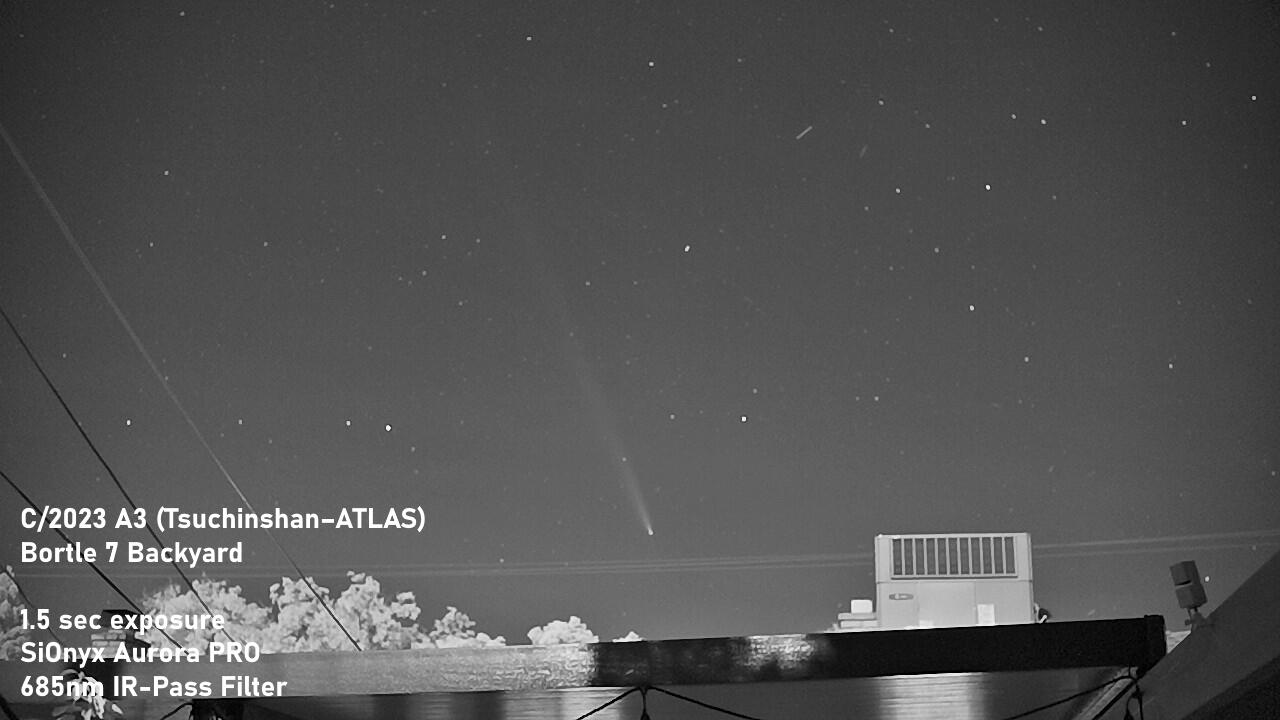
Comet C/2023 A3 (Tsuchinshan–ATLAS) from my backyard.Captured with my Sionyx Aurora Pro night vision camera, paired with a Baader 685nm IR-Pass filter.
Update…
As of December 2024, I’ve recently sold both the AN/PVS-4 and the Sionyx Aurora Pro. So… what now?I will be saving up throughout 2025 to purchase a new unit, possibly a GP PVS-7 or PVS-14 of outstanding spec. The idea is to save up at least $3,000 USD for a used unit and that’s plenty for general stargazing.I’ve learned a lot jumping from one night vision device to the next and I had no clue how lucky I had it when I purchased my first unit — a Photonis WP PVS-14. I hope to touch back to that humble beginning and stick with it for future observation.Until then, I’ll be sticking to my roots and observing purely with my eyes only and my telescopes.
The constellation of Orion, the Hyades cluster and the Pleiades during the winter of 2022.Captured with my Photonis WP PVS-14.
Thanks for reading! — oculuis
my own constellation
Background…
Ever since learning about the failed constellation “Felis” it saddens me that there isn’t a real cat-shaped constellation in the night sky. Sure, you may argue that Leo, Leo Minor and even the Lynx exist, but I haven’t seen an actual cat shape in the night sky — until now.One night stargazing in December of 2023, I made out a cluster of stars to resemble the shape of a cat next to the star Polaris. Its short, stubby stance resembles the munchkin breed. I dubbed this new asterism of mine “Polaris’s Cat.” I felt happy that I can see a cat within the northern hemisphere all year round.
At the eyepiece…
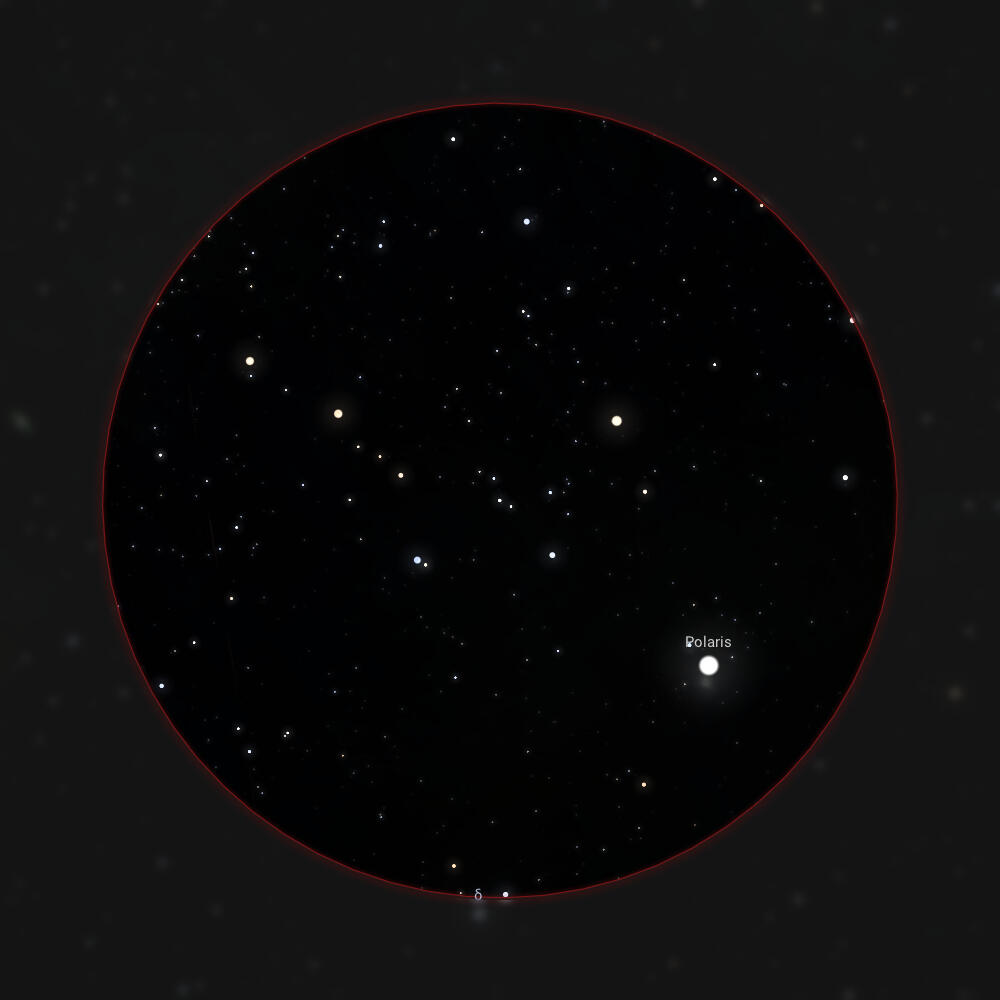
Pictured left is Polaris’s Cat on the planetarium software Stellarium.It’s located next to the star Polaris, thus resembling the idea that the cat is chasing Polaris like a ball of yarn as it slowly rotates around it.
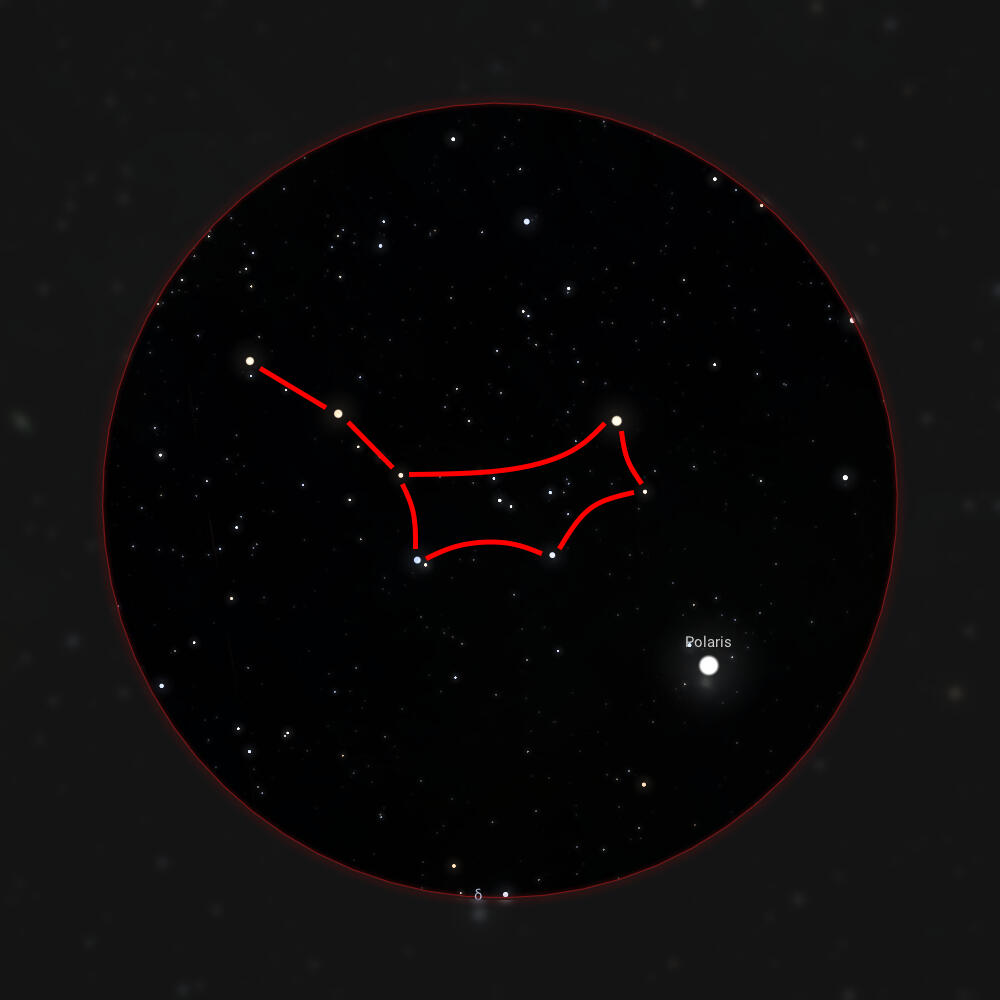
Ditto, but what I imagined when viewing Polaris’s Cat.
Why…?
I felt this was my contribution of putting a cat into the stars, similar to what French astronomer Jérôme Lalande attempted to accomplish back at the end of the 18th century:“Felis (Latin for cat) was a [failed] constellation created by French astronomer Jérôme Lalande in 1799. He chose the name partly because, as a cat lover, he felt sorry that there was not yet a cat among the constellations (although there are two lions and a lynx). It was between the constellations of Antlia and Hydra.” — WikipediaWhile it may not be an official constellation among the rest, it will always remain as tribute to cats among the stars!
Thanks for reading! — oculuis
my star-tron project
Background…
Project Star-Tron was a months-long project modifying a large night vision lens for astronomical use. This is my non-technical review of this project.The goal was simple: Modify and mount a heavy lens, attach my night vision device, and surf the heavens. Simple enough?
Unboxing…
During the Fall of 2023, I purchased a 203mm F/1.6 Schmidt-Cassegrain lens from Ebay for around $250 USD. At the time, it was advertised as the largest and fastest lens to use on a PVS-4 or TVS-5 device. I was determined to use it purely for night vision astronomy.Arriving in a very large box surrounded by various foam pieces, I mounted it on a mini-tripod that the same seller also recommended (please get it if you do).It was rather large and in rough shape, but the glass and mirror itself was still in working condition.
Deforking…
My first objective was to detach the entire lens from the fork mount. It was held down by 4 large screws and various pins which needed to be hammered out.Sure enough, I had the entire lens assembly ready to be measured for future rings.
Cleaning…
During the first light, stars were out of focus. It was clear this lens assembly was used primarily to observe objects only a few hundred yards away and not focused at infinity. Dread set in on needing to focus the mirror cell, which was a chore alone.Luckily I didn’t go down this route alone. CloudyNight forums reported users trying to use this lens assembly to stargaze but with no luck. It seems the hassle of having to focus the mirror cell was more than enough to ward off anybody, but I was set on doing so.30 individual screws had to be removed and organized. Two heavy plates, one to hold the housing of the NVD and the other covering the mirror cell, had to be removed.Finally, the mirror cell was exposed. It seemed molten rubber held the mirror in place from shifting during transit, which had to be scraped off and cleaned. Removing the mirror was a hassle as well, causing some fingerprints to be placed along the center (this was cleaned off shortly afterwards).
Mounting…
After the dreaded hassle of cleaning the threading, the mirror cell can finally be rotated and slowly moved back and forth, shifting focus.I purchased custom fitted rings from Rouz Astro. They’re 3D printed and I highly recommend Rouz for any of your ring needs. They’re fantastic and can hold dozens of pounds. Some back and forth emails between Rouz and myself, I had a beautiful pair of rings and a Losmandy plate.I wrapped the lens assembly in a dew shield I found on Amazon, a rubber furniture foot to prevent the lens from slipping backwards, and a screw I placed at the bottom of the Losmandy plate to prevent slippage from the saddle.Finally, the project was complete.
Finish…
Finally assembled and ready to observe, I mounted it outside for a second light… oh boy, was it beautiful.Focus on the bright star Sirius was sharp. The views of the Orion Nebula nearby were perfect. I can move to zenith comfortably and see dozens upon dozens of stars.However, this lens assembly is rather large and heavy. Around 30 pounds fully assembled, it’ll only be used for showpiece objects and observing the Milky Way band during the summer.Until then, it’ll sit proudly in my room admired from afar, alongside my two other lenses that I use much more frequently.
Part 2…
This was a recent delivery [Aug. 5, 2024] of a 203mm F/1.6 Schmidt-Cassegrain lens that I purchased for $225 on Ebay. It has yet to be reconfigured for astronomy use.However, I intend to keep it in its original form. There will be no disassembly of the fork mount for rings and a plate. I intend to keep it solely on it’s tripod as shown.In its current state shown below: a Star-Tron MK-428 [AN/PVS-4] configured on a MK-37 Mod 3 [203mm Schmidt-Cassegrain] lens with a 1980s Dark Invader "Super" Bi-Ocular eyepiece [B. E. Meyers & Co. Inc.].
Update…
Unlike the previous lens [which took me months to configure around my free time, spotty weather, plus going in blind with little reference other than a CloudyNights thread], the current lens here only took me a day to configure for astronomy use.Hell, I didn’t want to go through the hassle of trying to focus the mirror millimeter by millimeter manually, so I just measured how far in the previous mirror cell was and just shifted the current mirror to a similar distance from the rear plate.Lo and behold, the focus was just right! I reassembled the lens and now it’s focused at infinity for stargazing. Test objects were a few bright stars within the Sagittarius constellation. Shifting throughout the Milky Way band, I notice faint nebulae, globular clusters and even a shooting star crossing my view!Terrestrial viewing was also a charm! Testing random objects until I got as close as I possibly could from my location, it seemed that 50 feet was the closest that I could get before the tube disconnected from its power source.[I’m using Google Maps measuring tool, so measurements are merely estimated.]I’ve seen sharp details on a screen door from a neighbor’s front door around 430 ft. The detail of bark on the surface of a tree at around 125 ft. And individual blades of grass and the surface of a concrete sidewalk at around 50 ft.I’m absolutely floored at the detail that such a large and fast lens could provide. No wonder the military used to own these things on choppers and on top of humvees. They’re wonderful surveillance tools, but excellent stargazing instruments!
Thanks for reading! — oculuis

